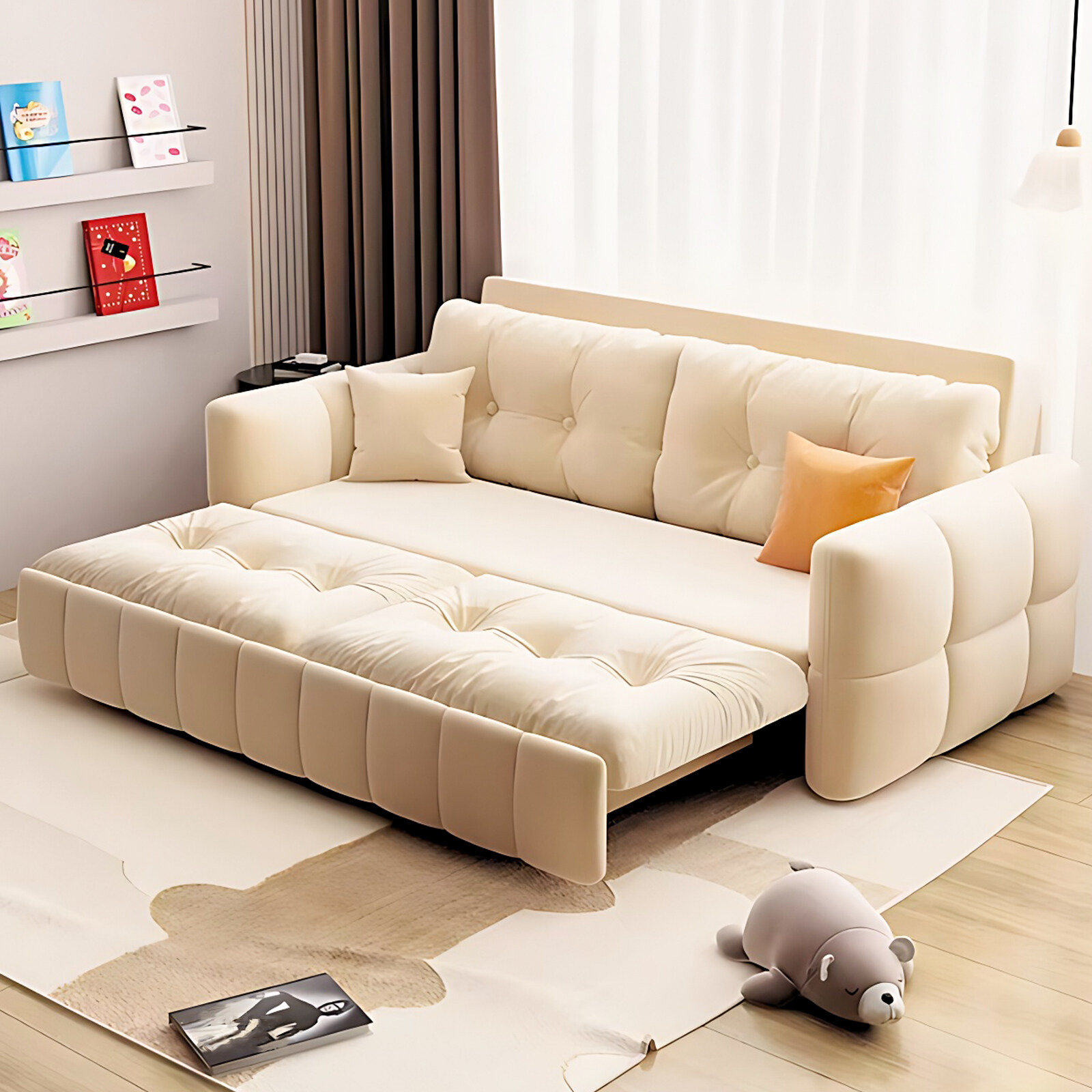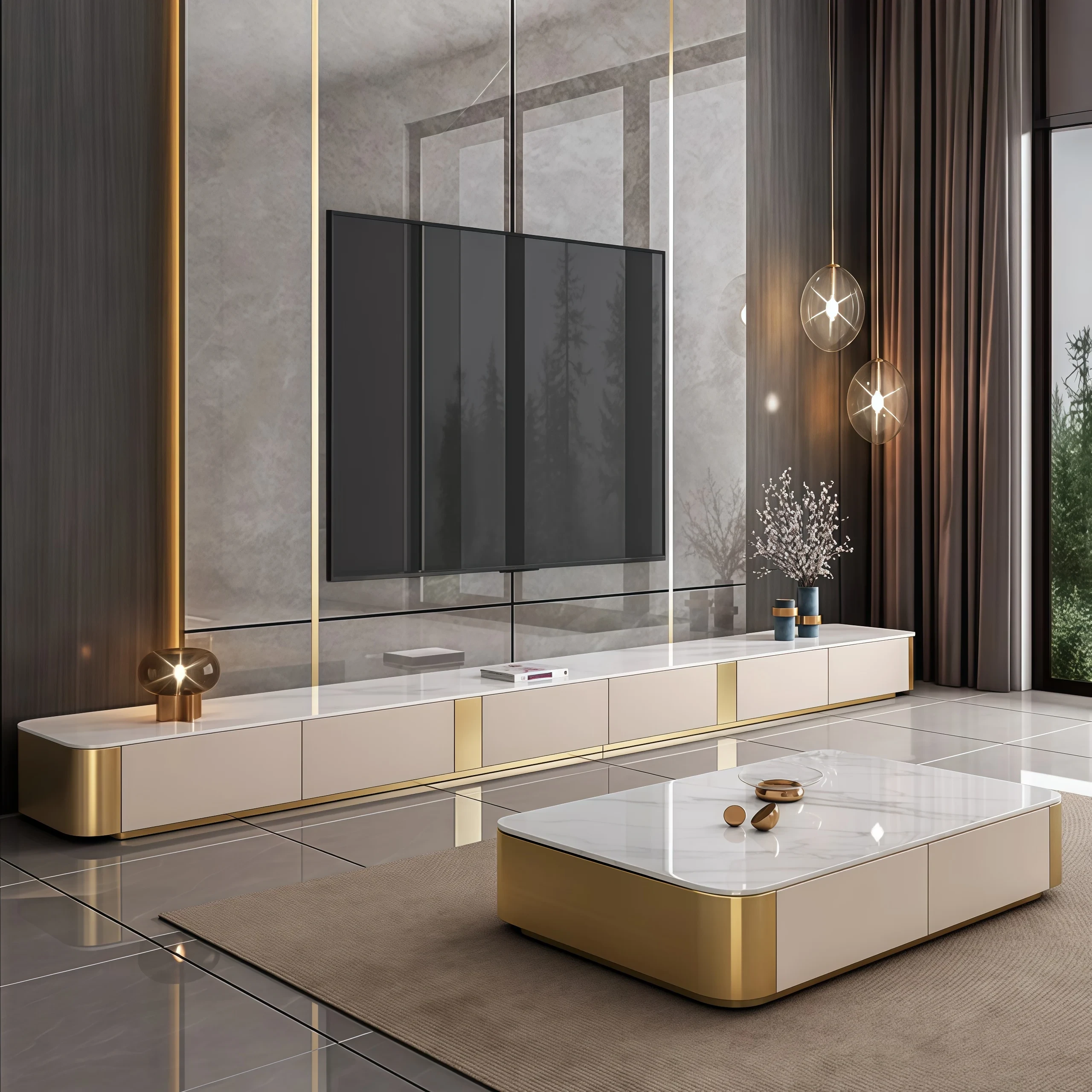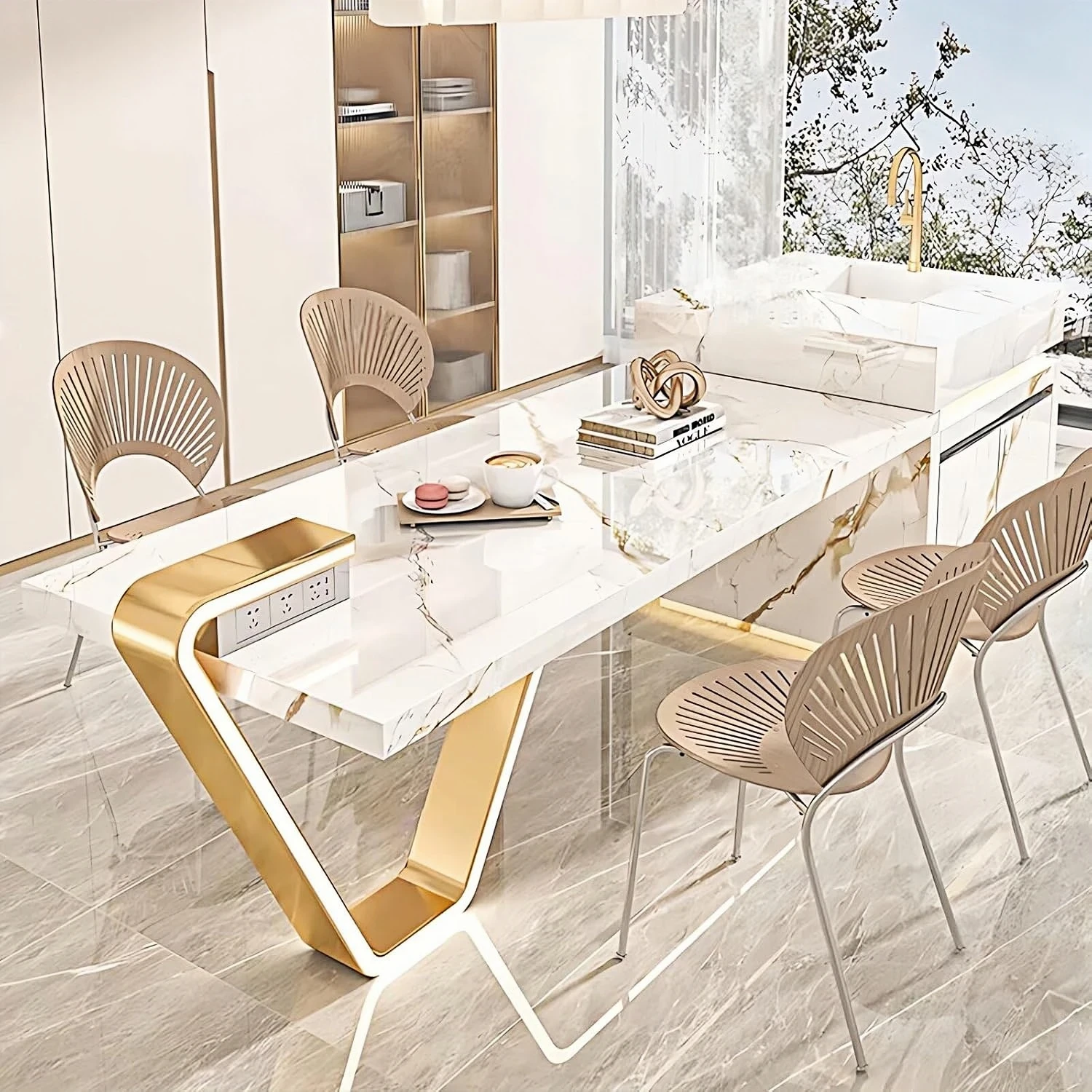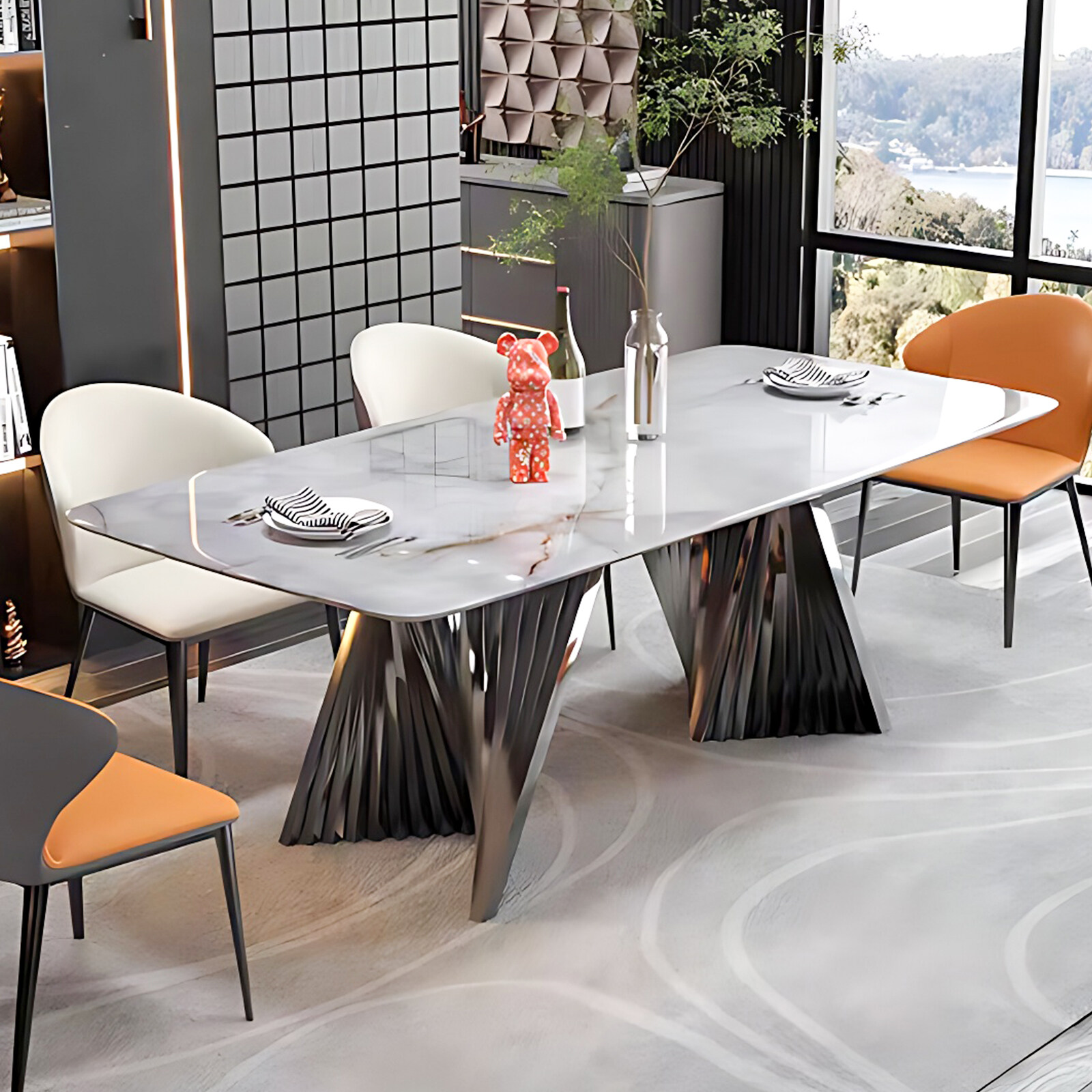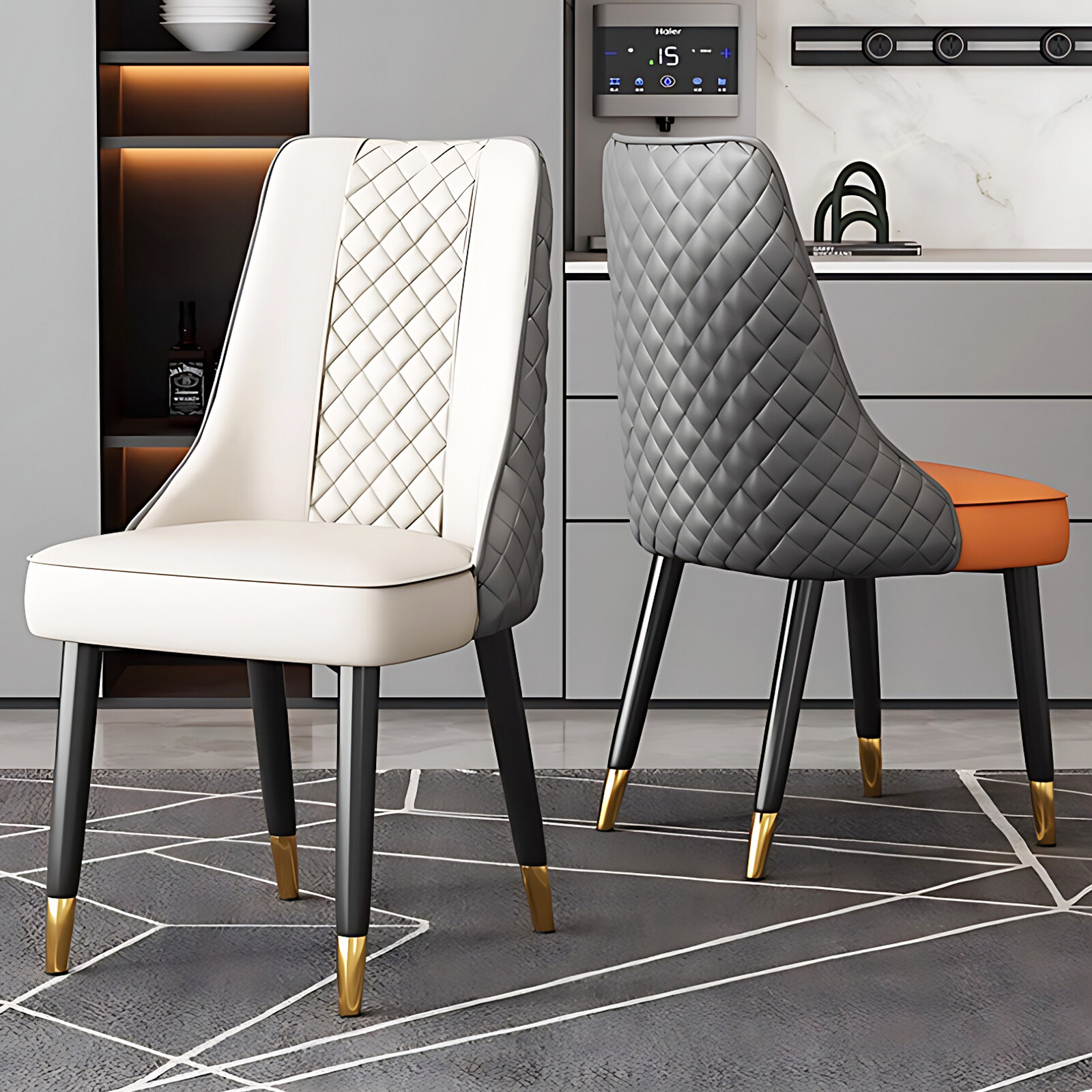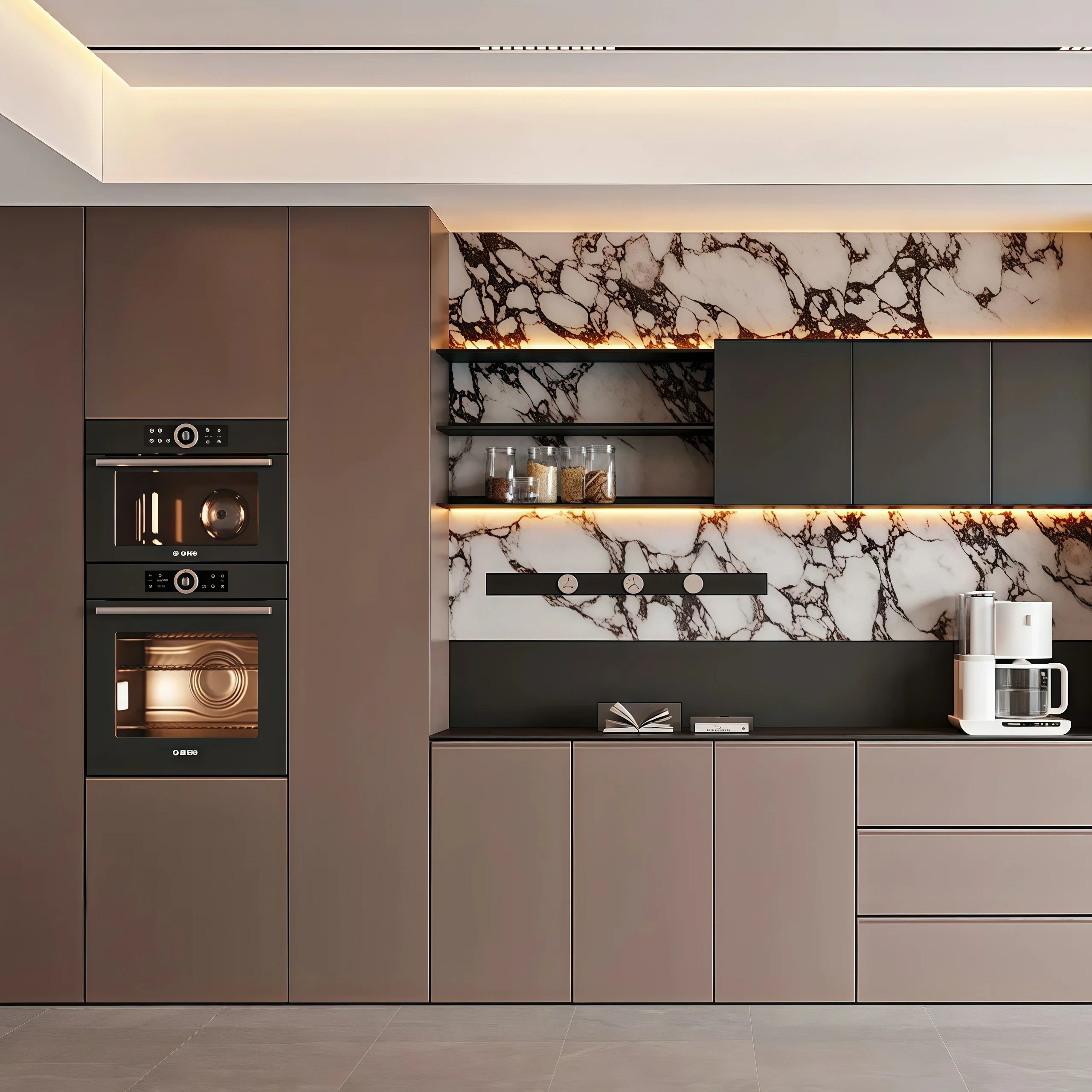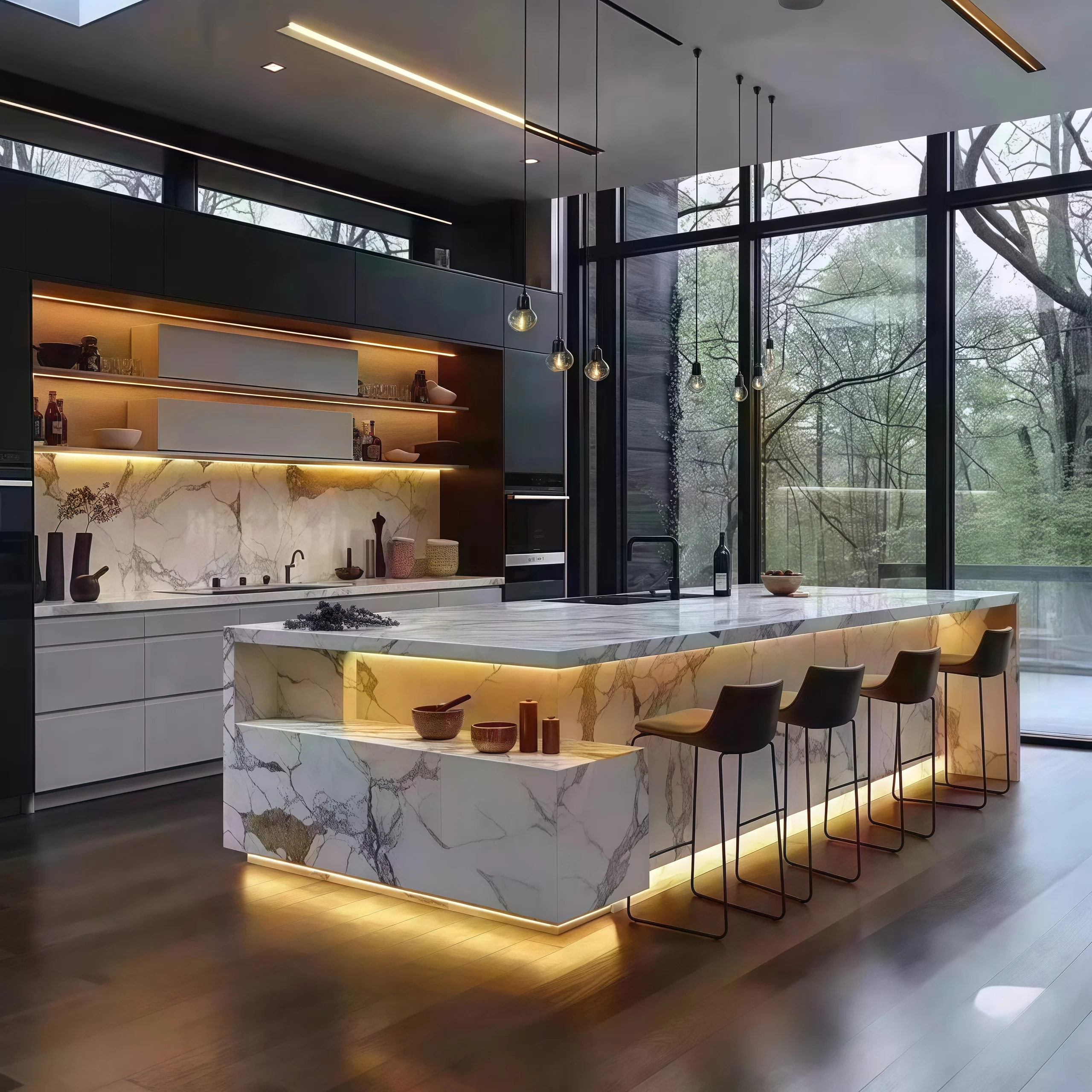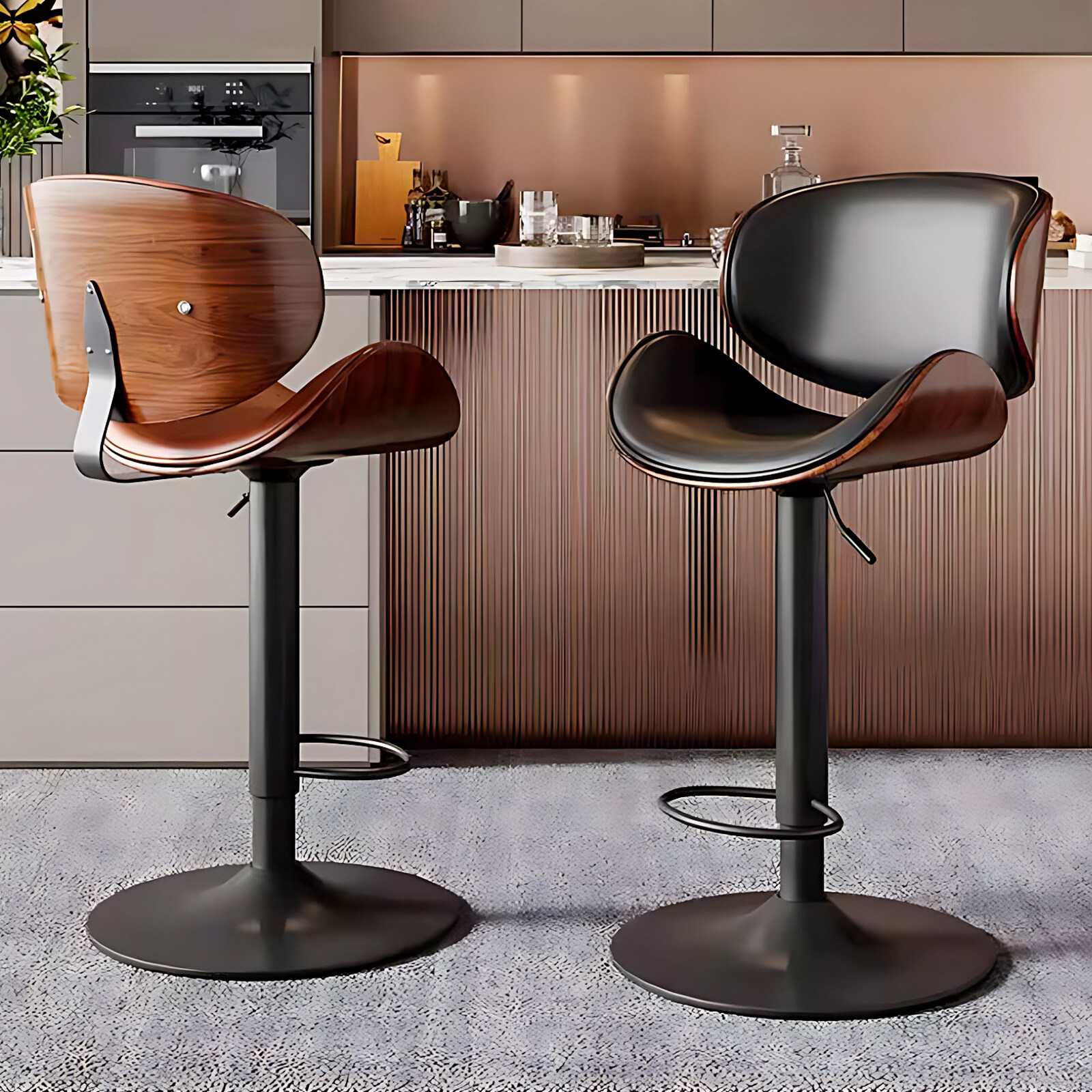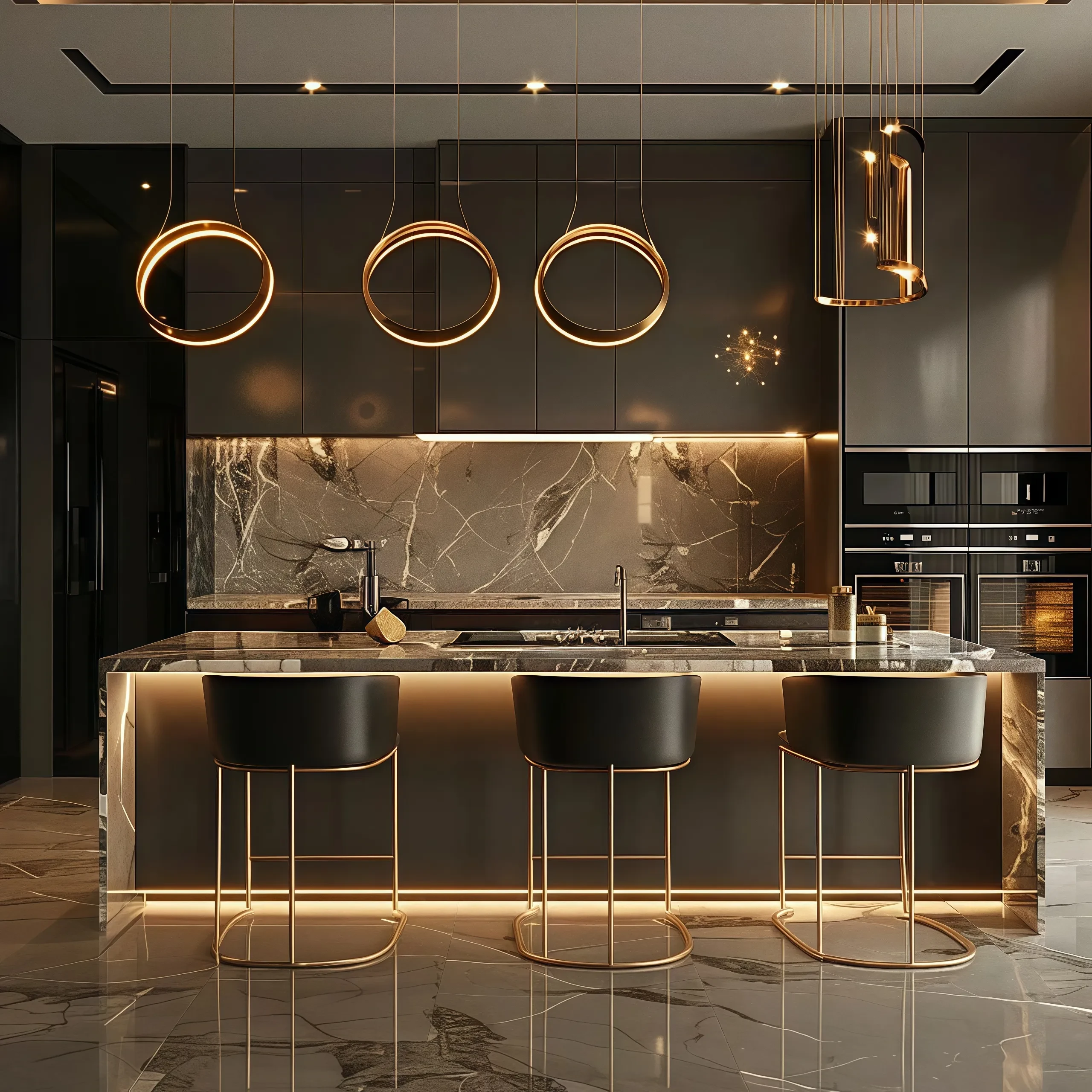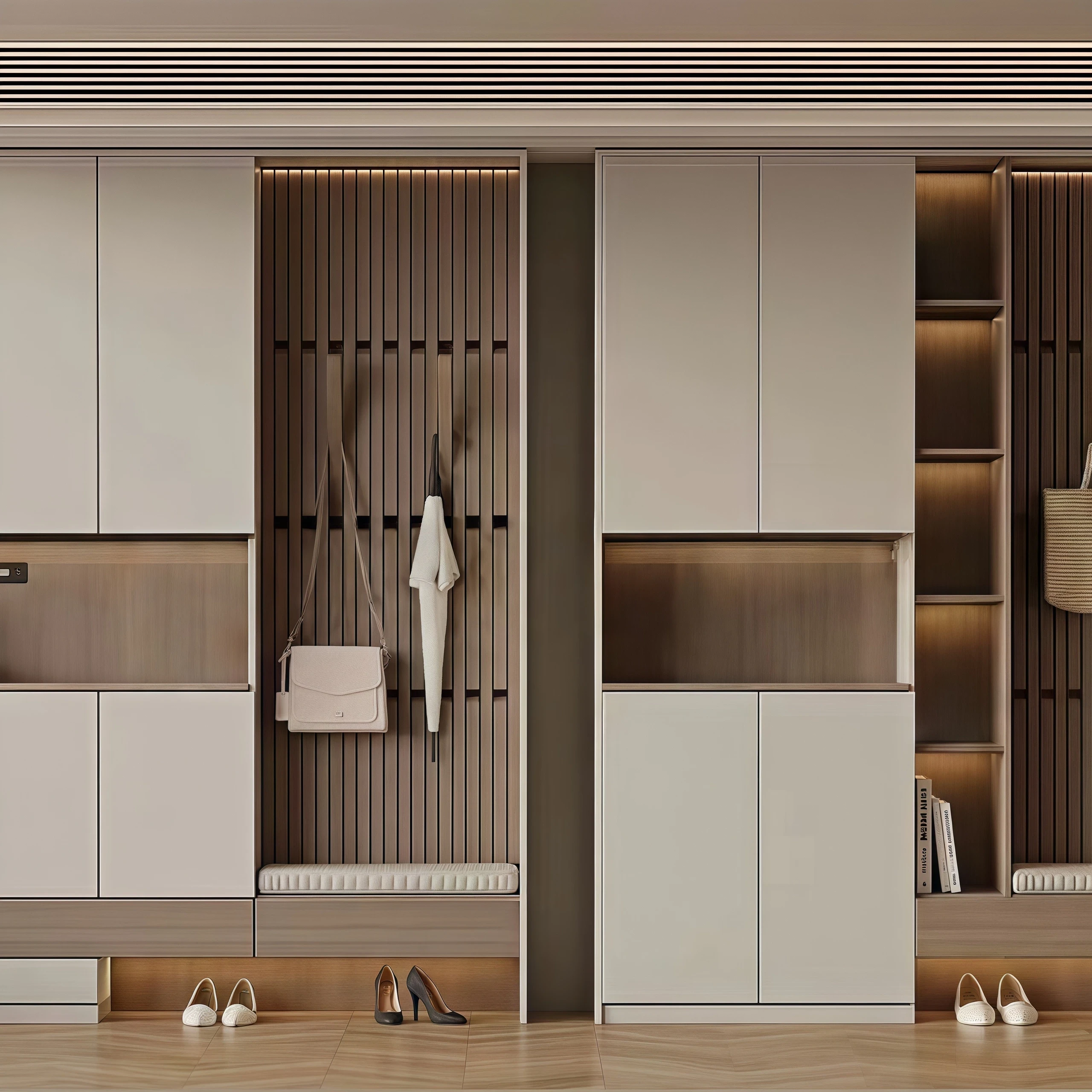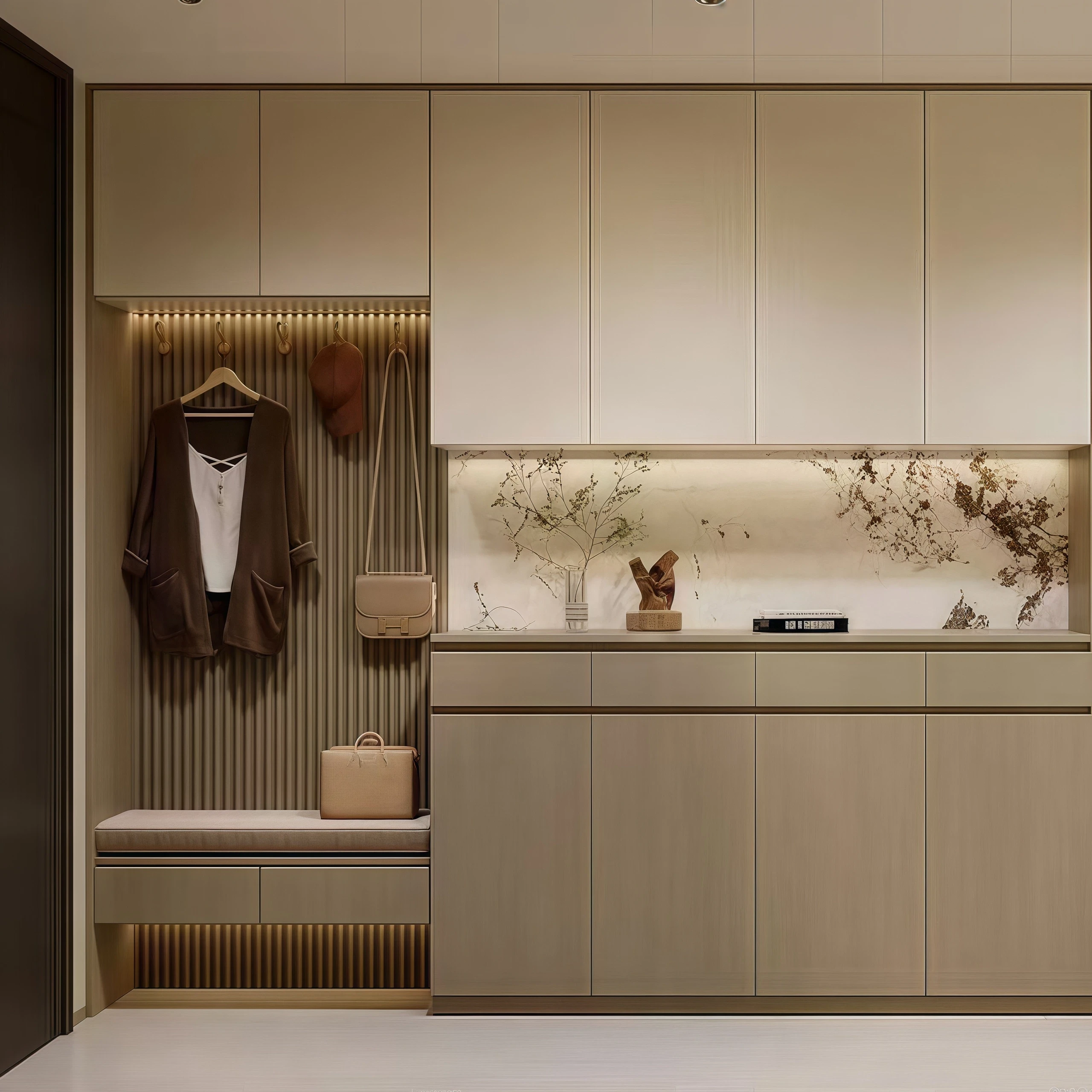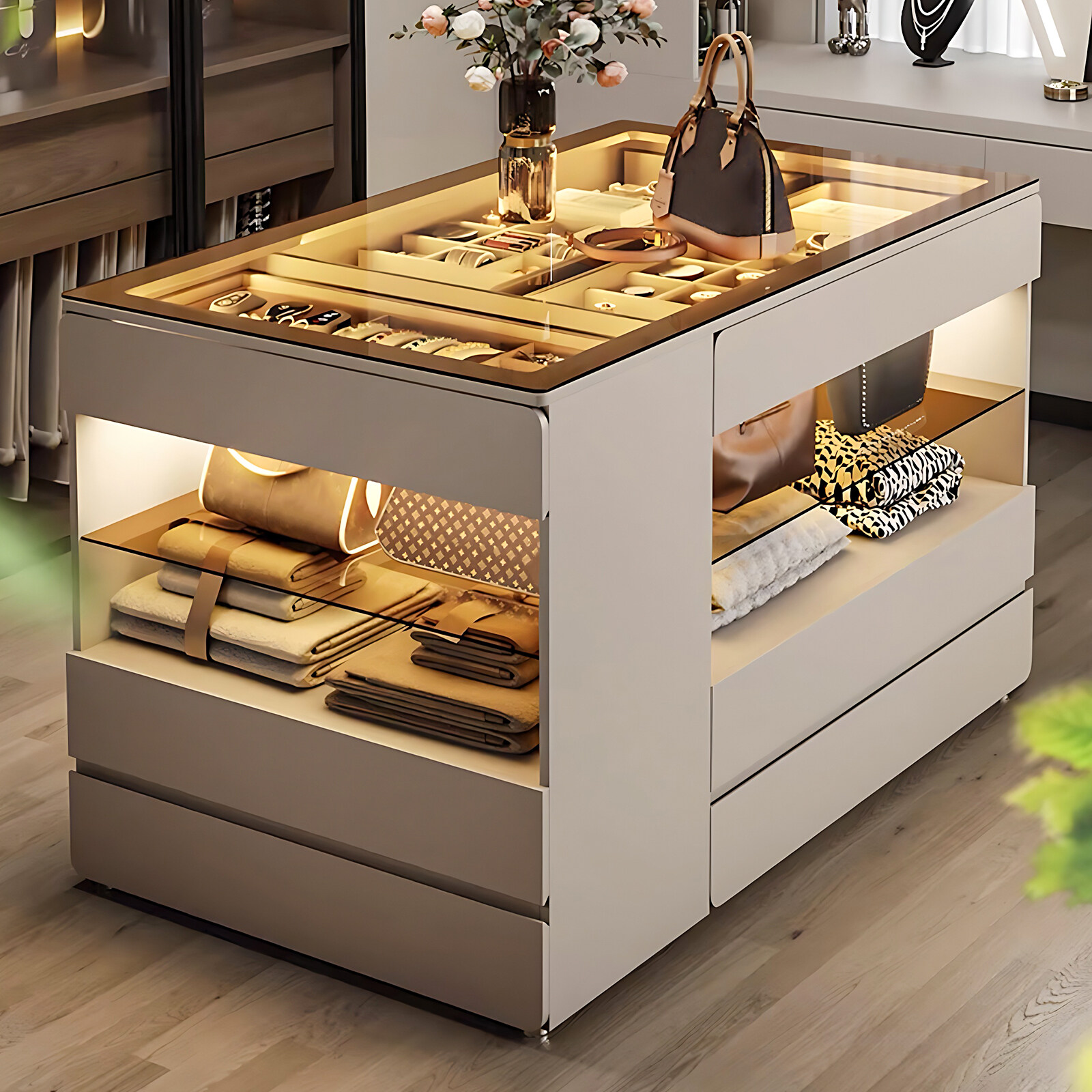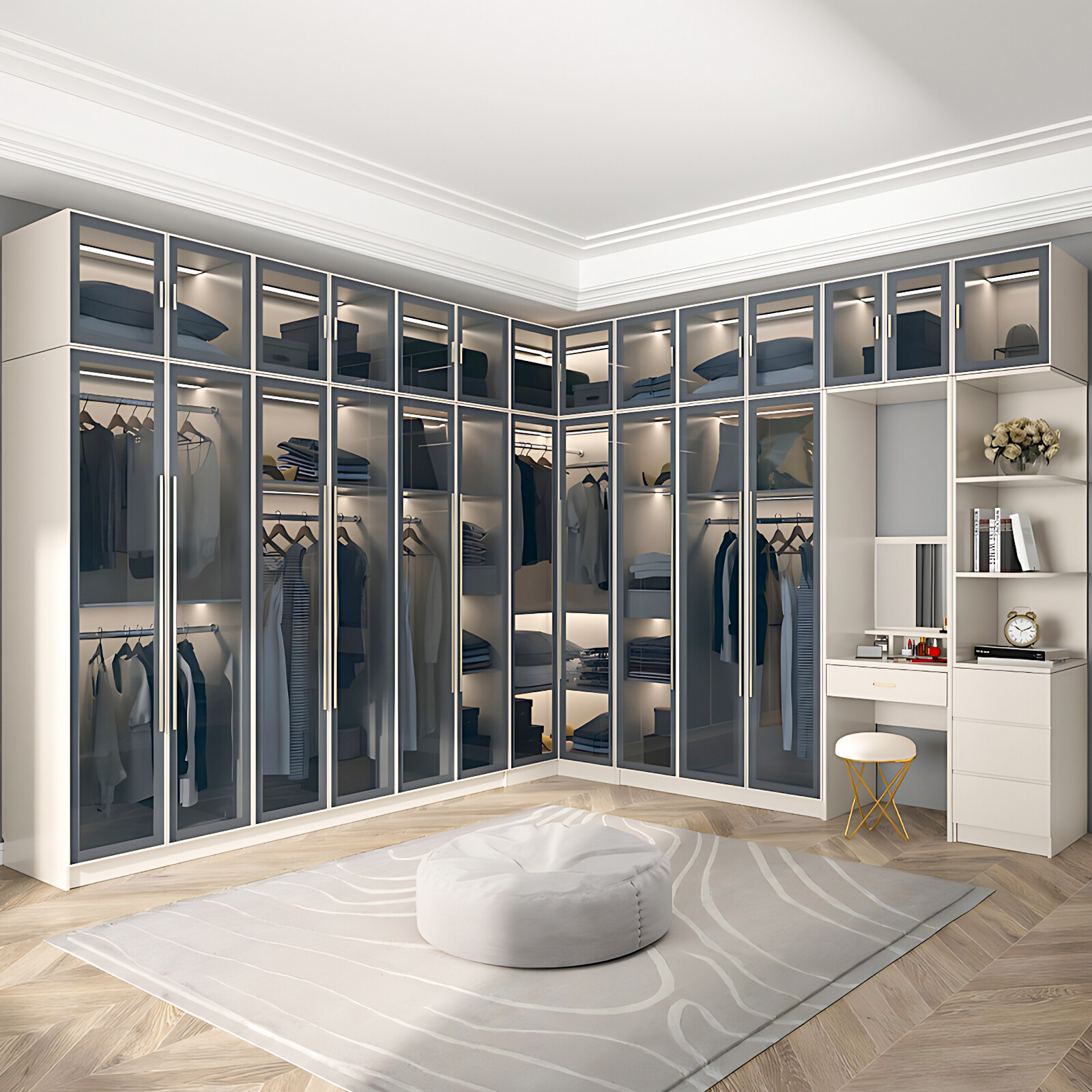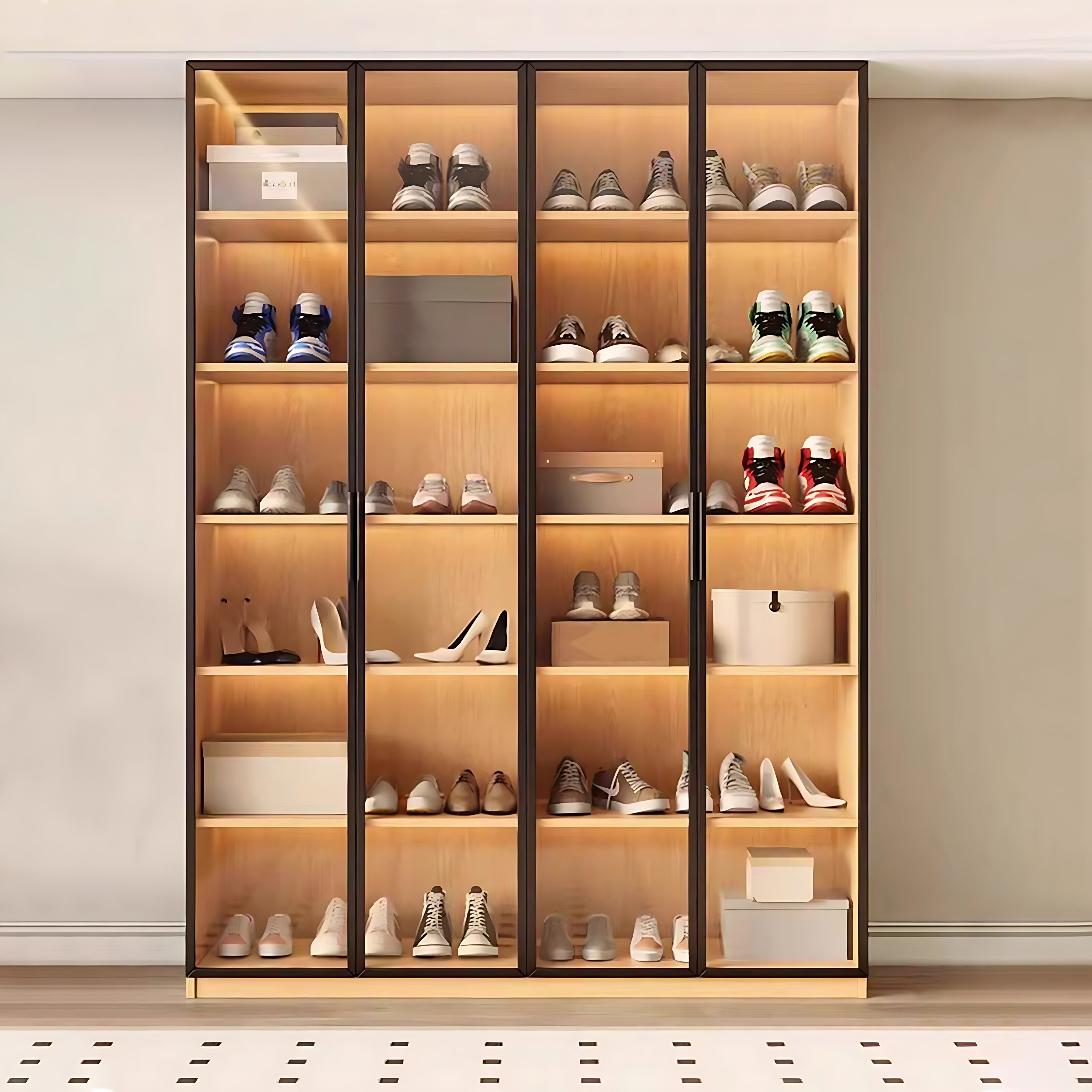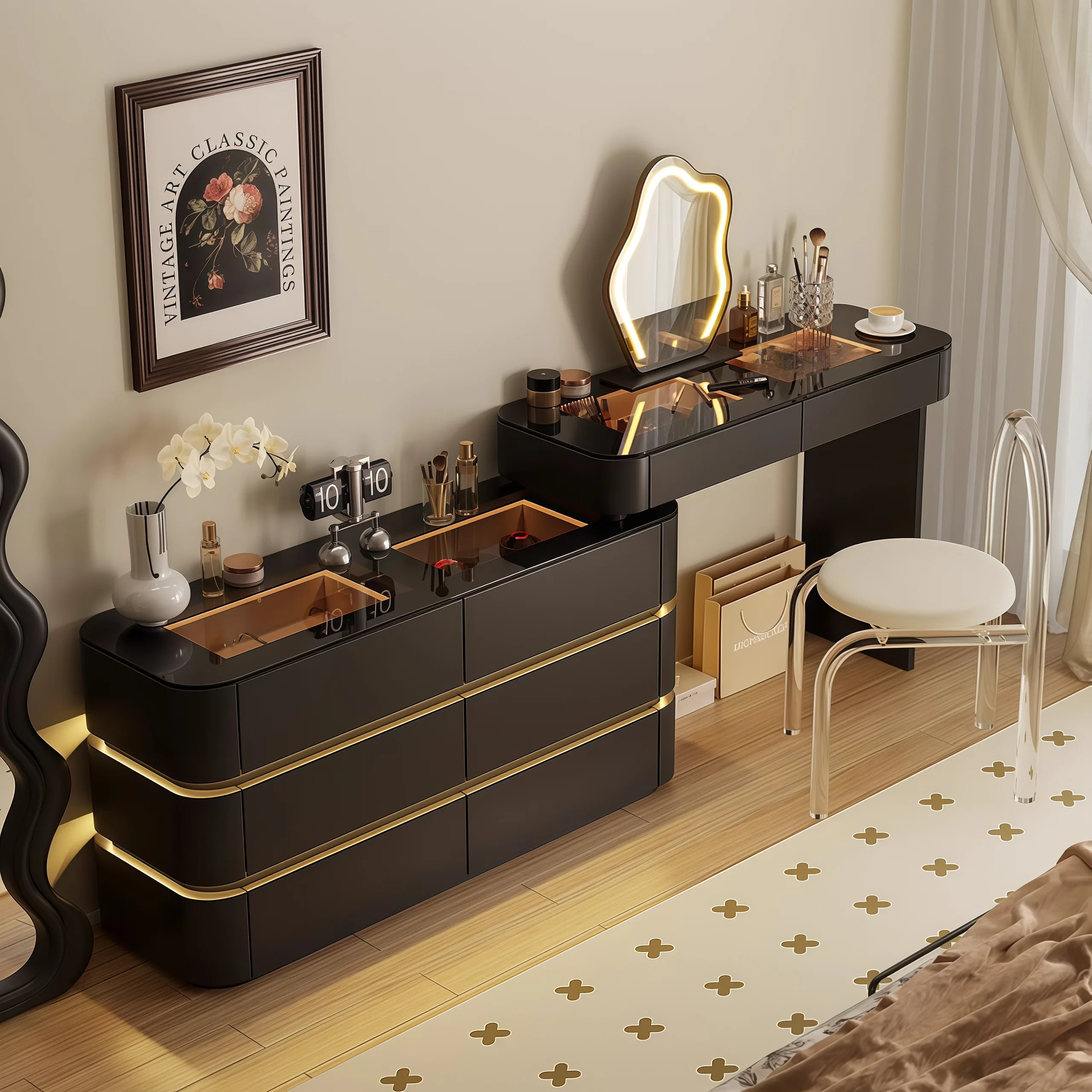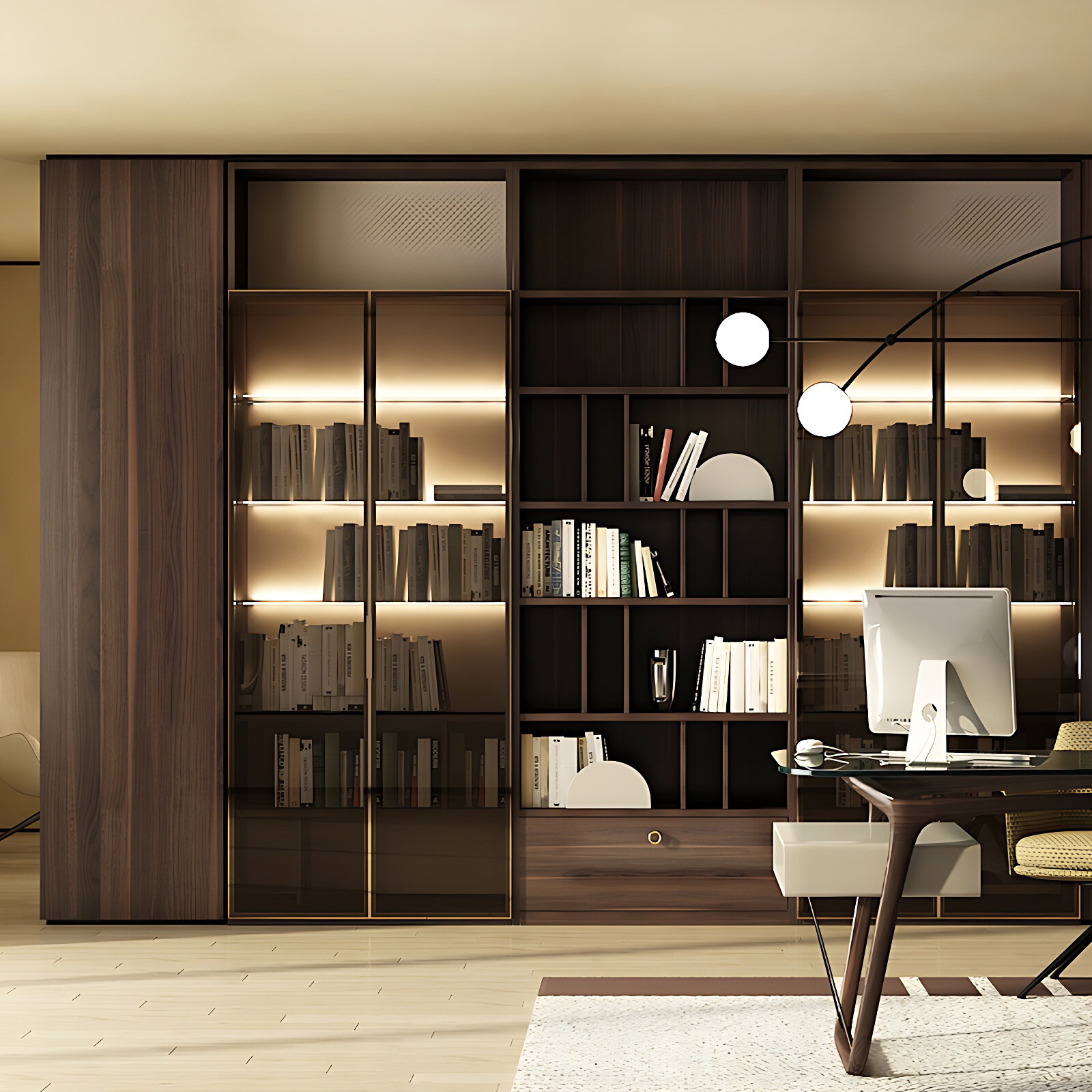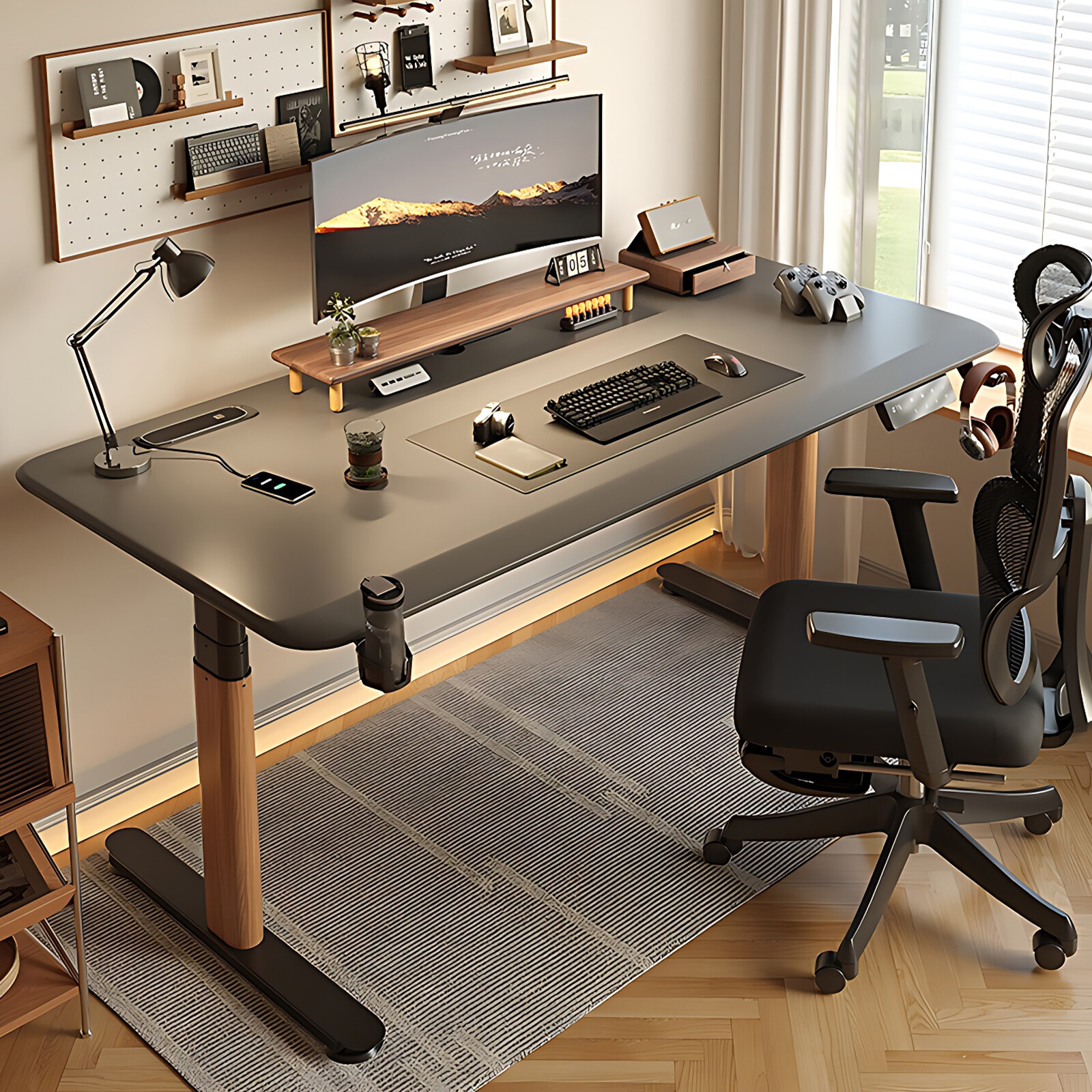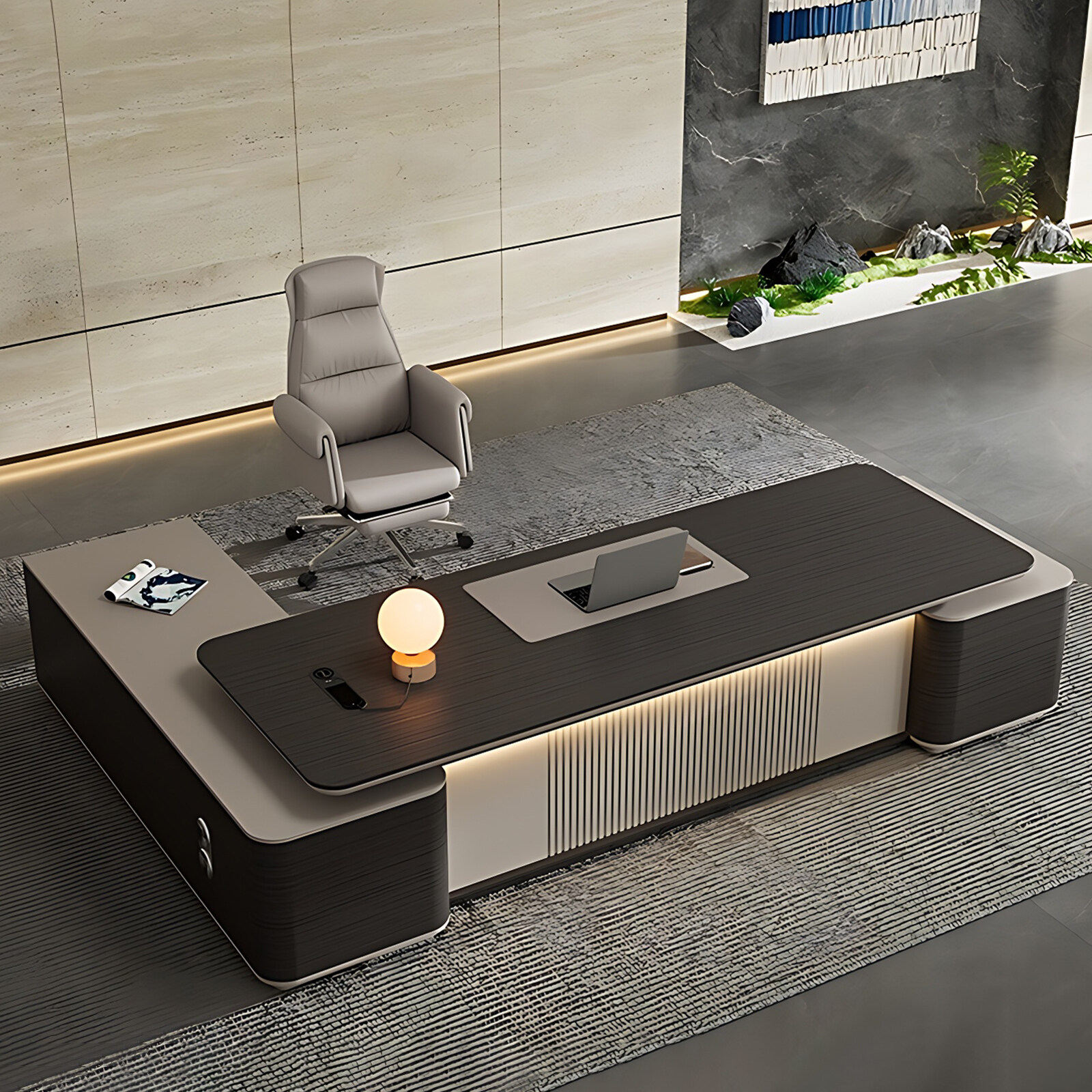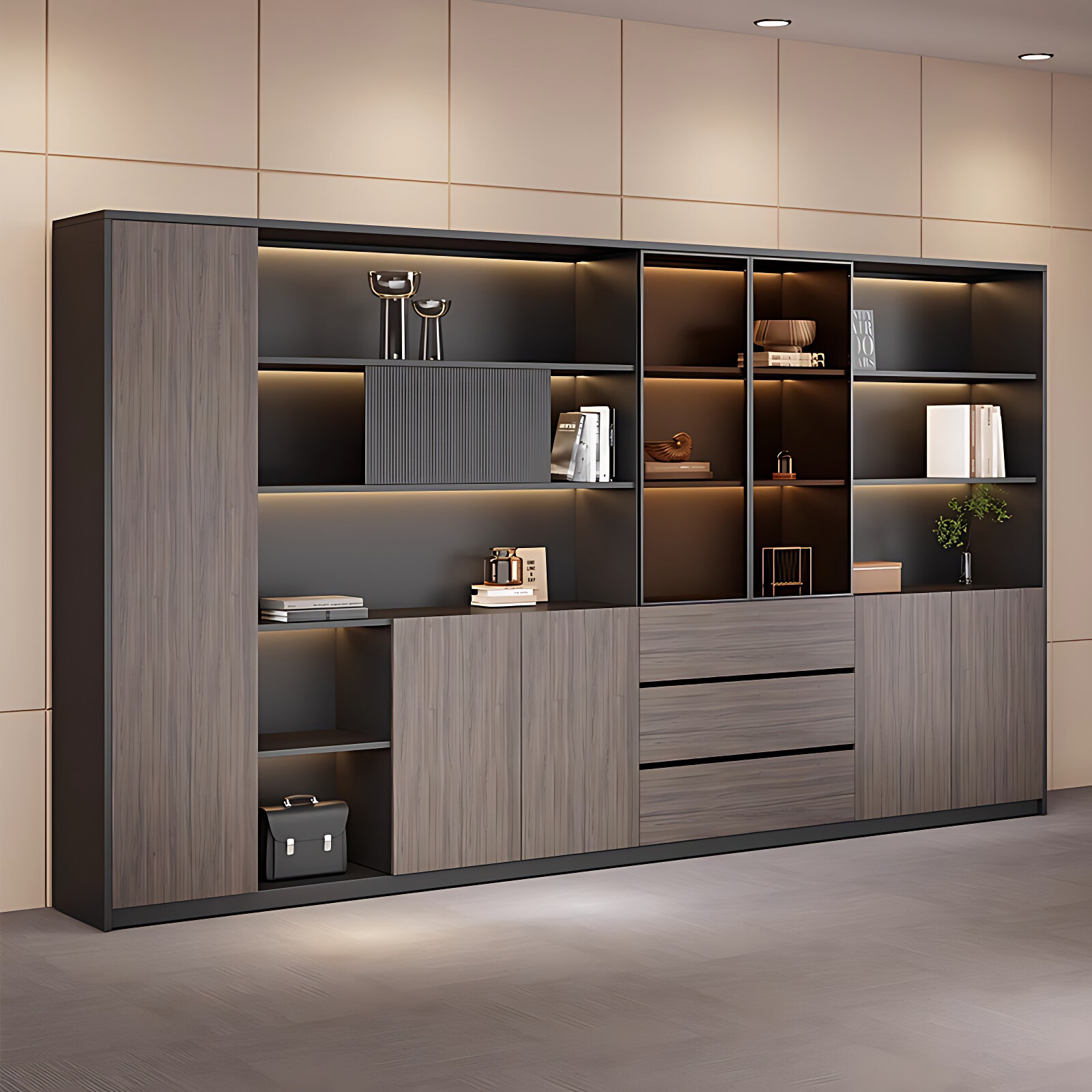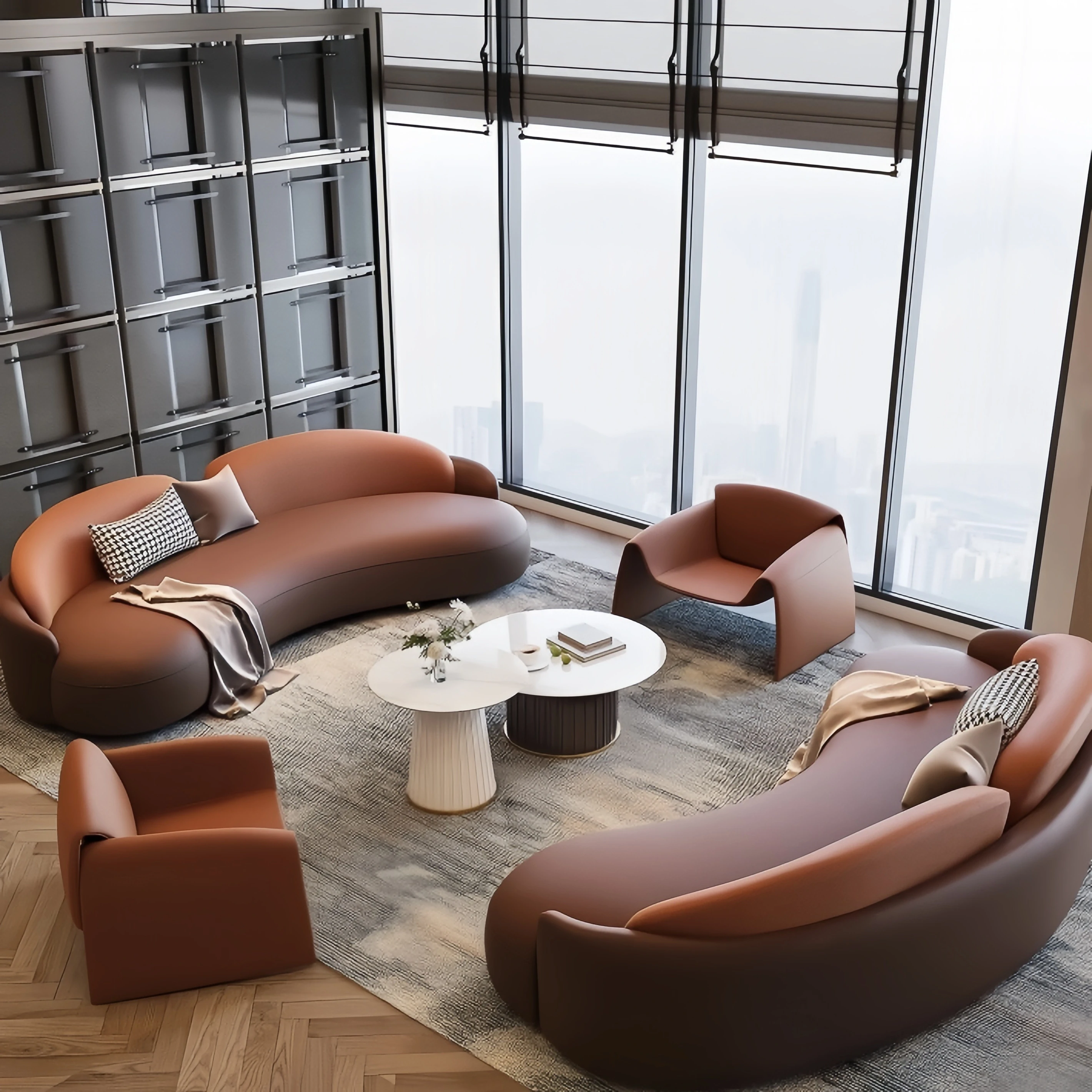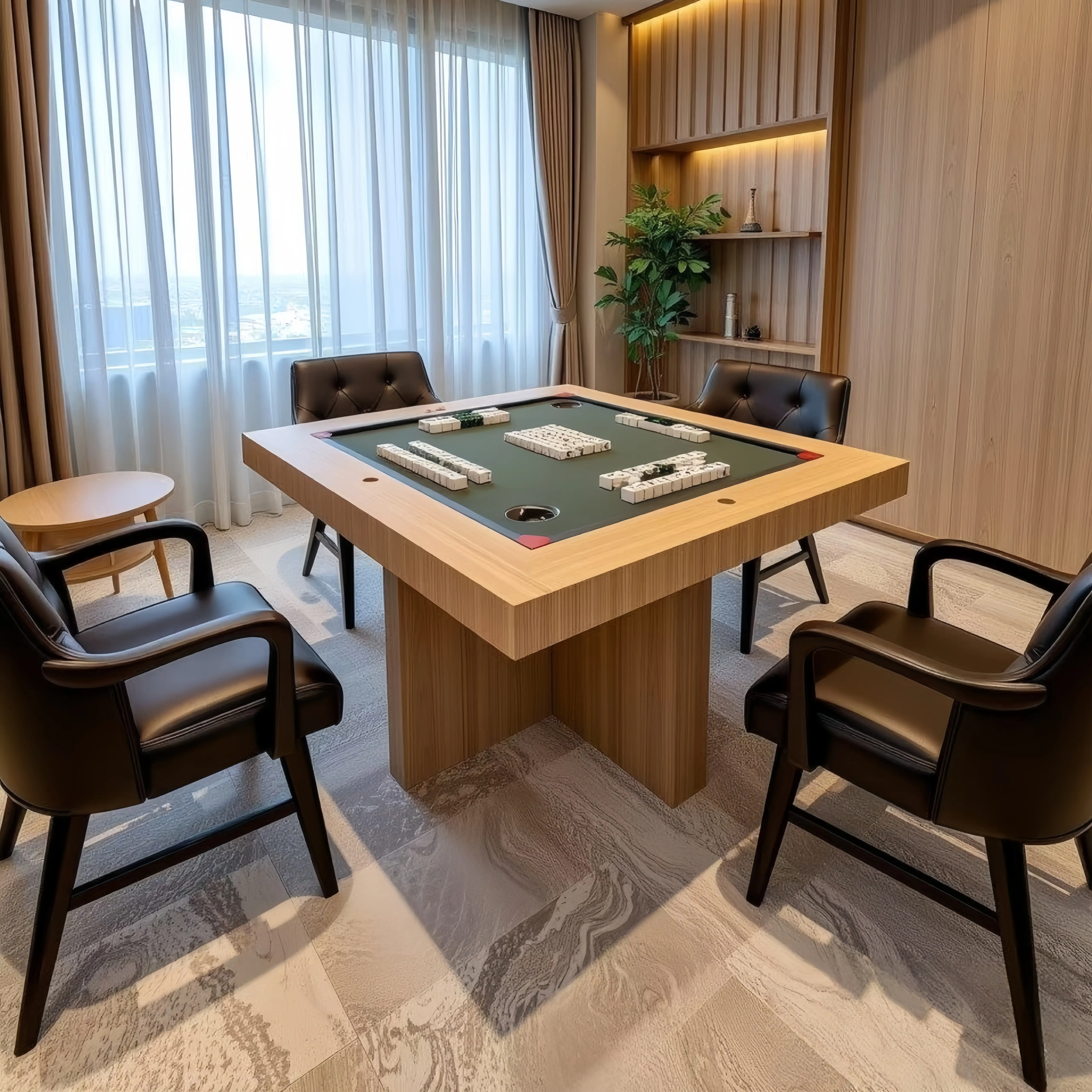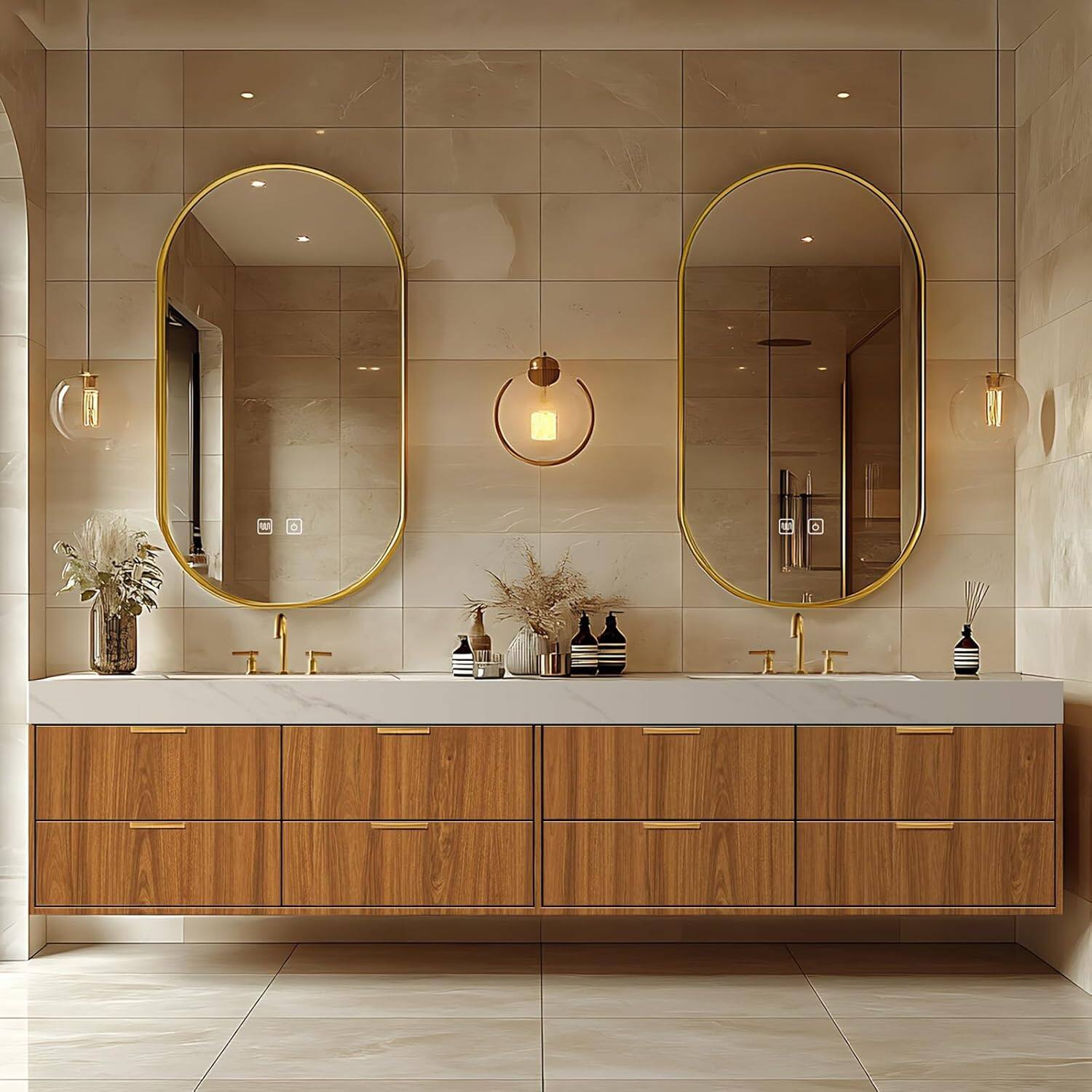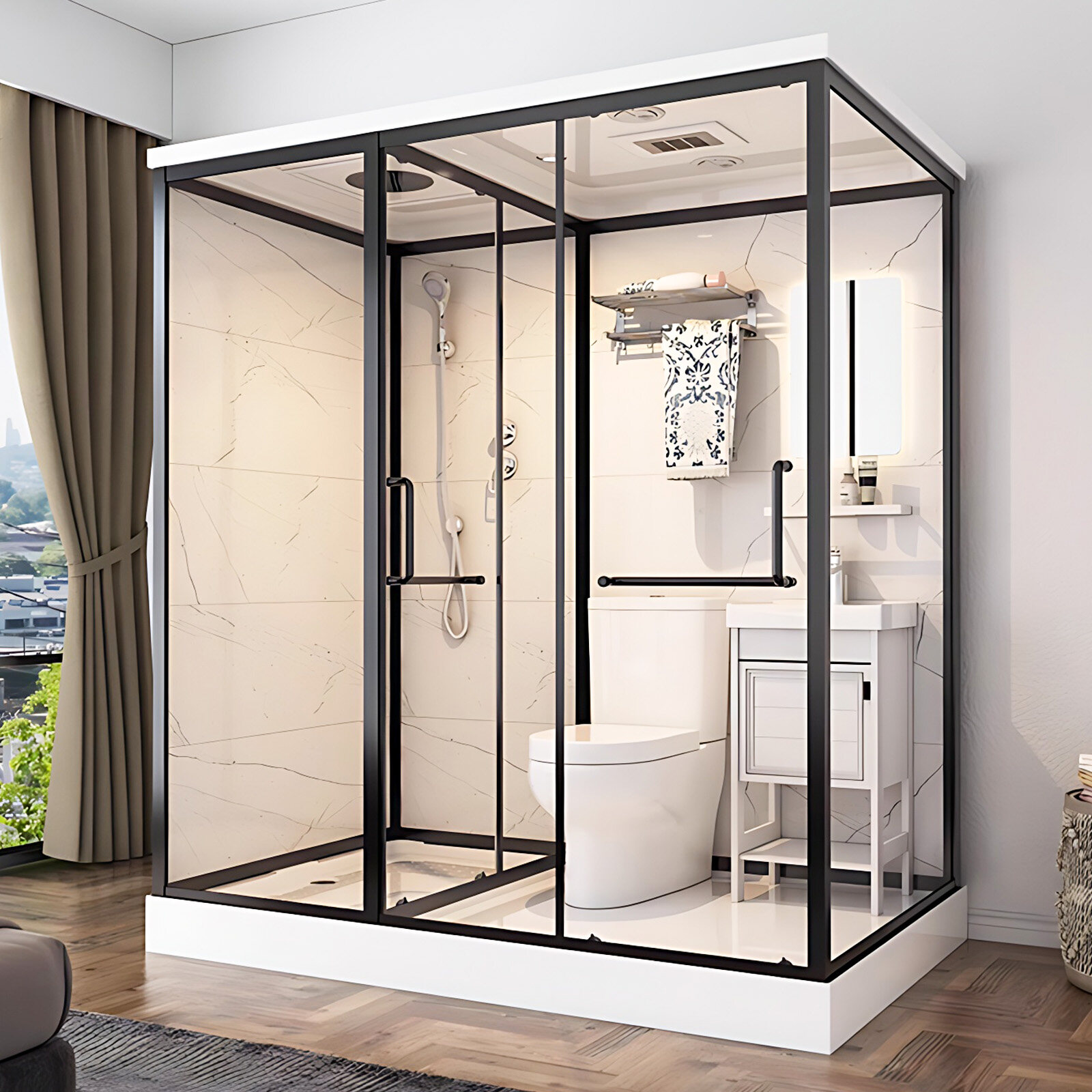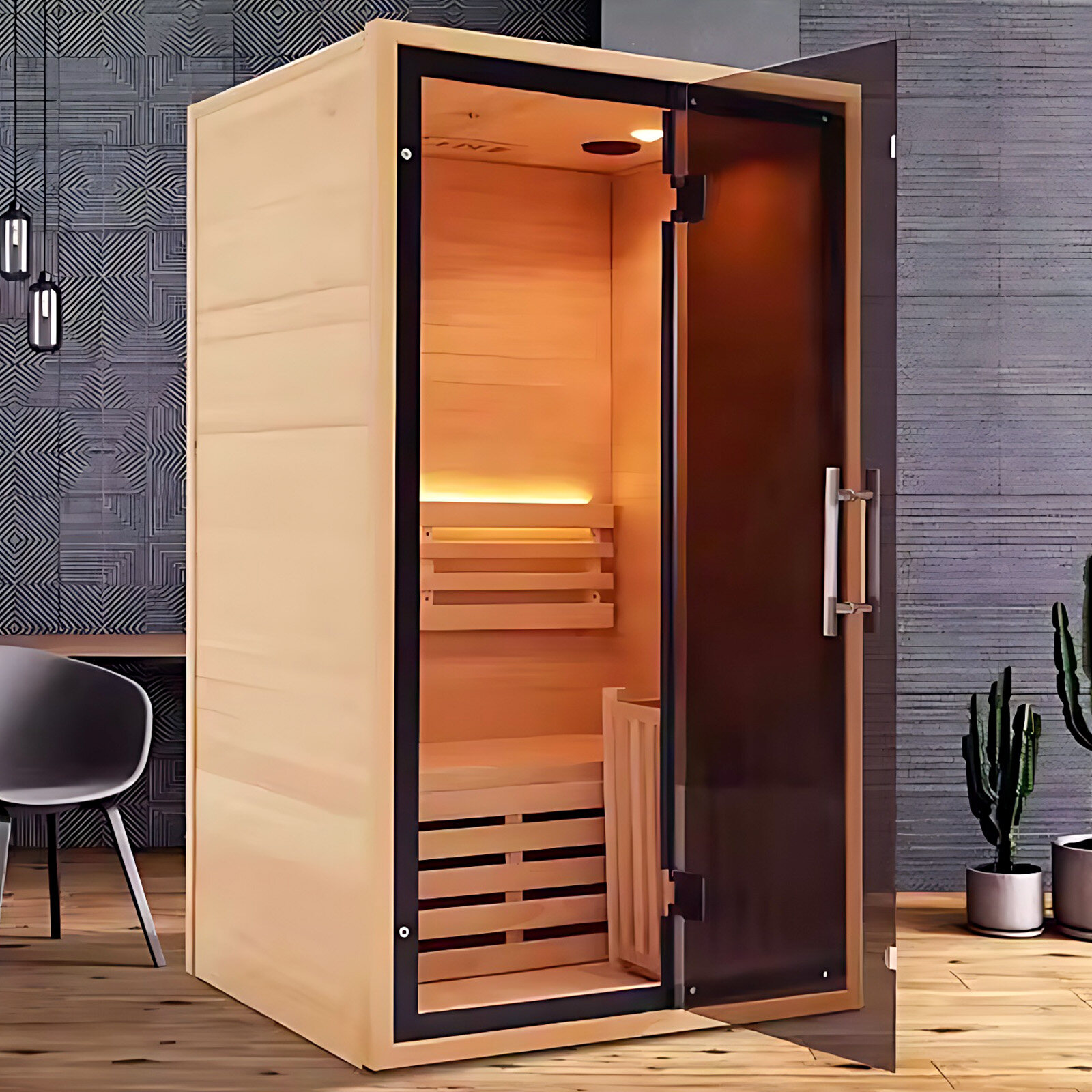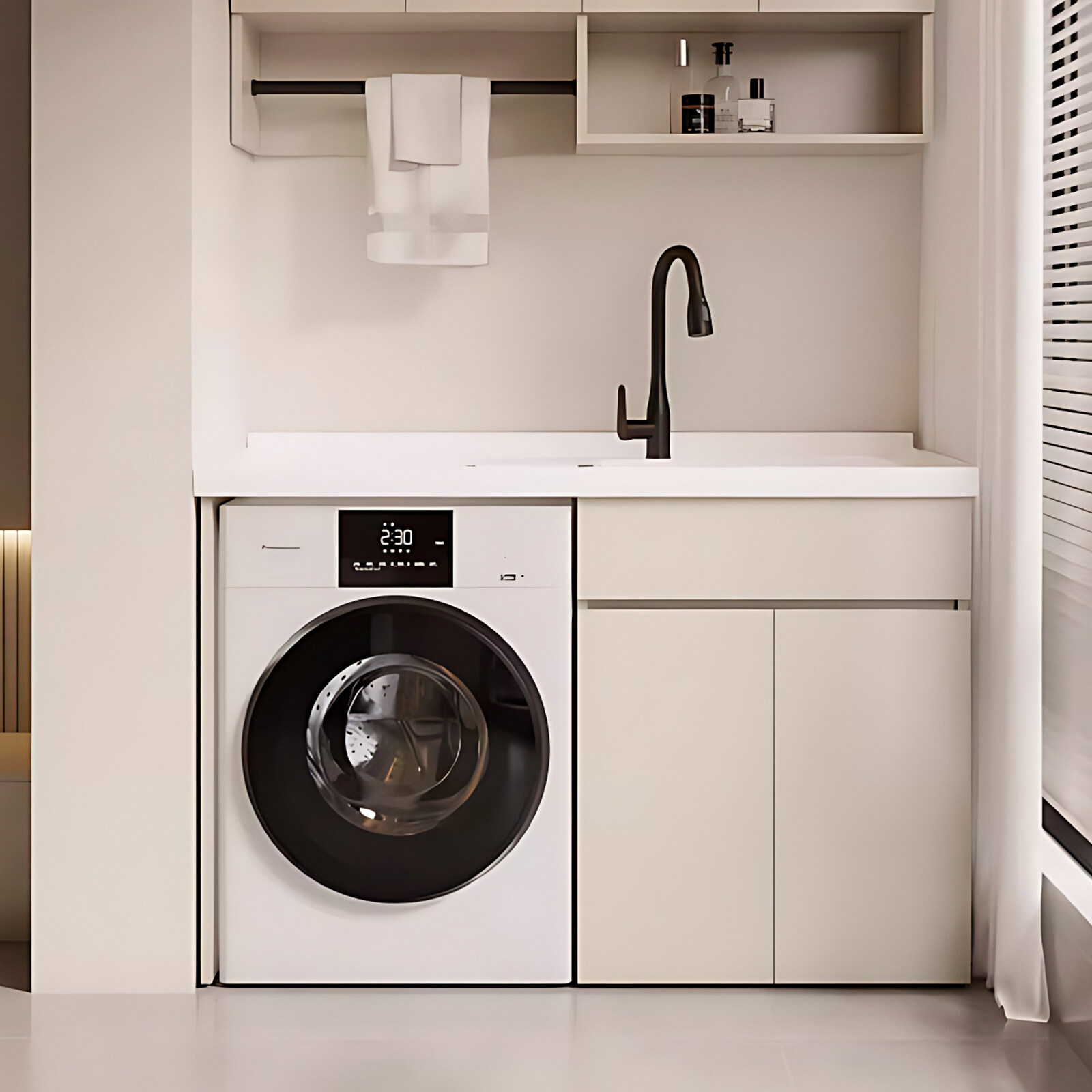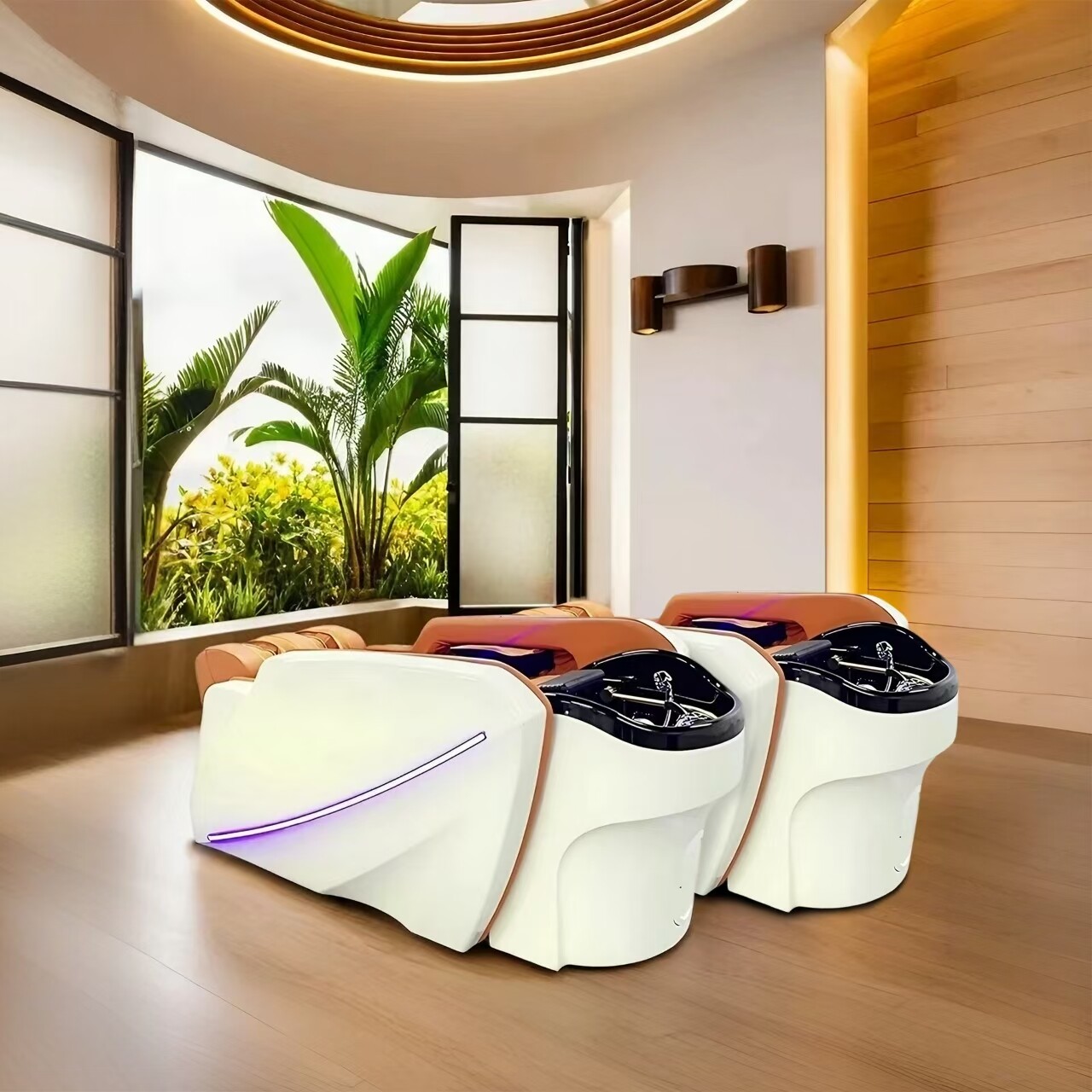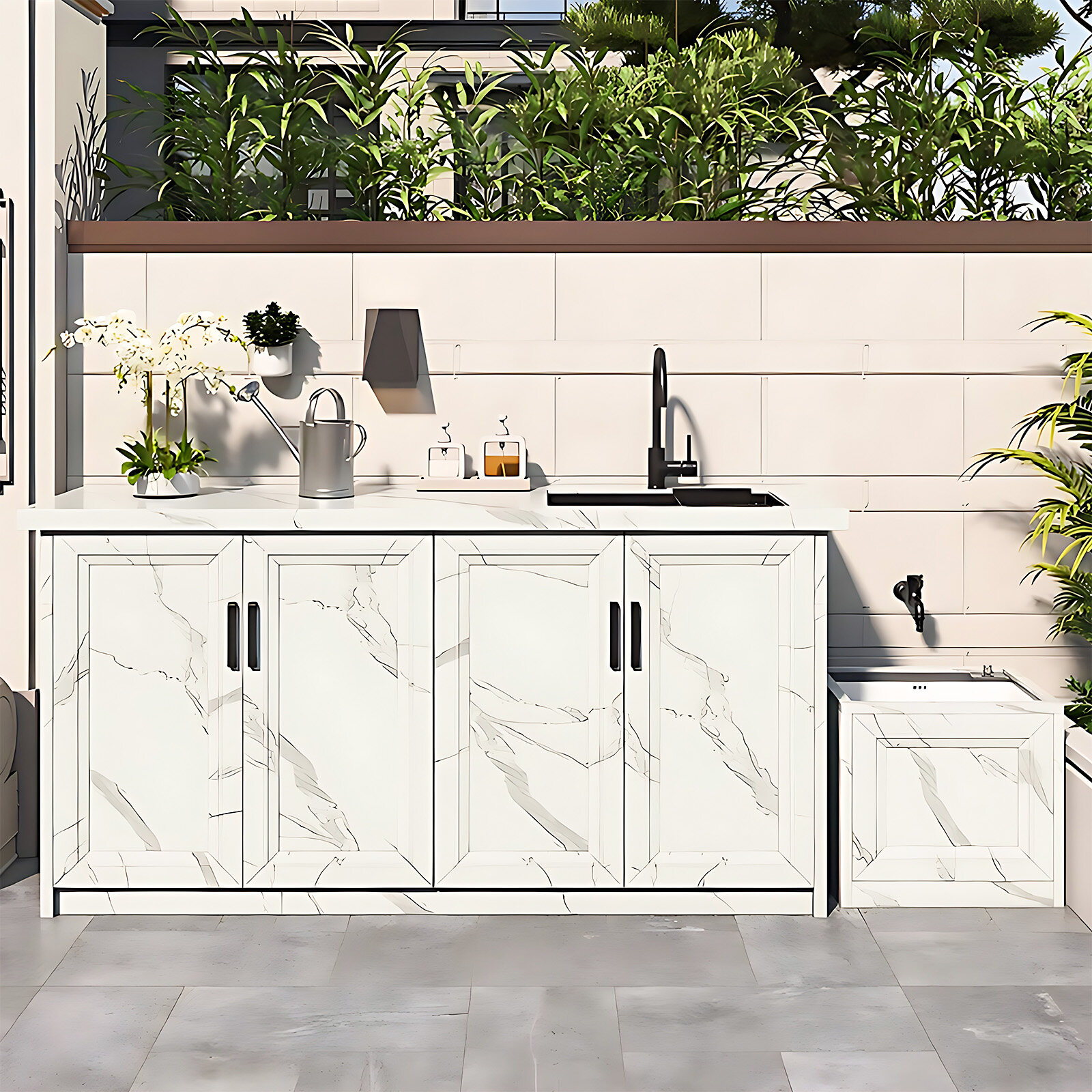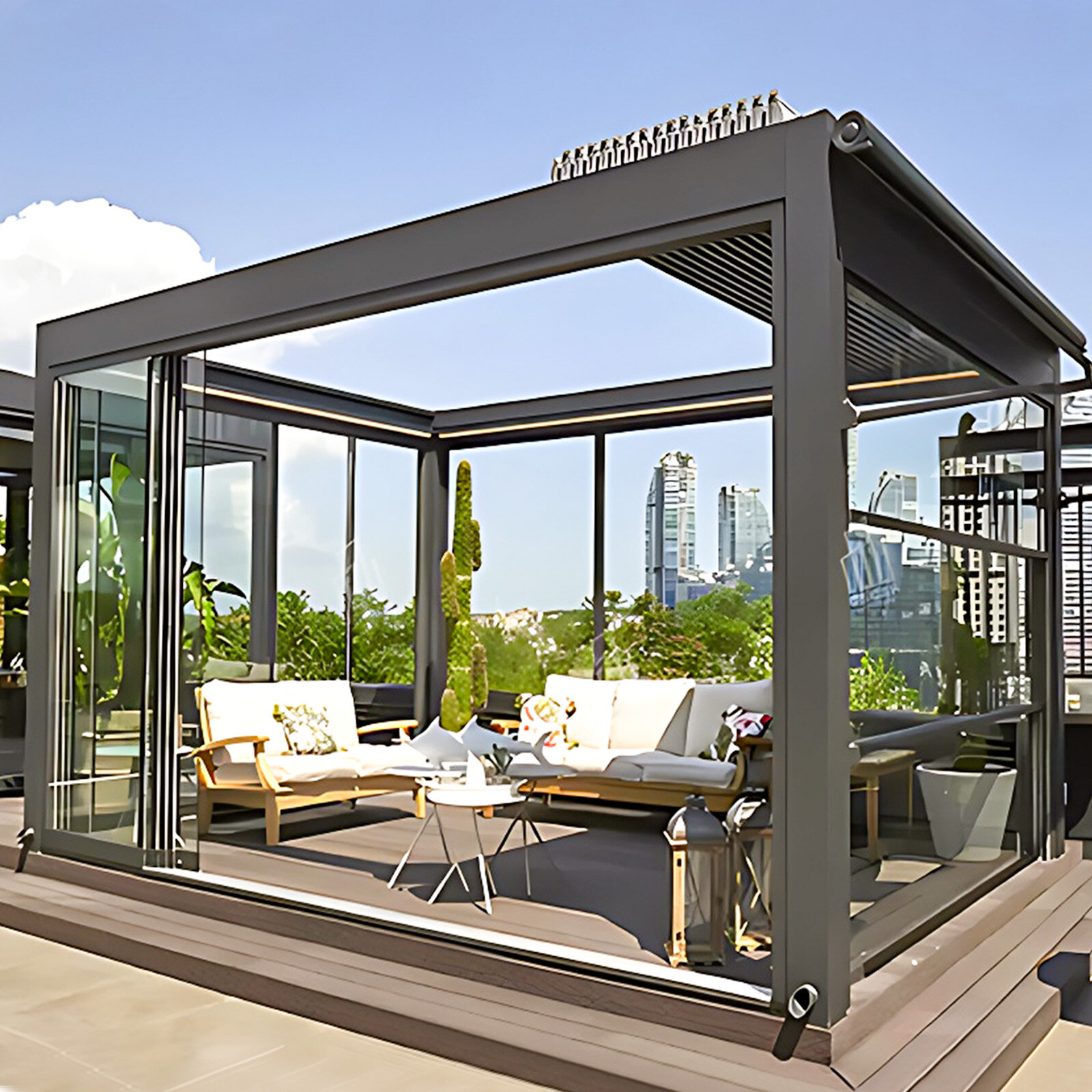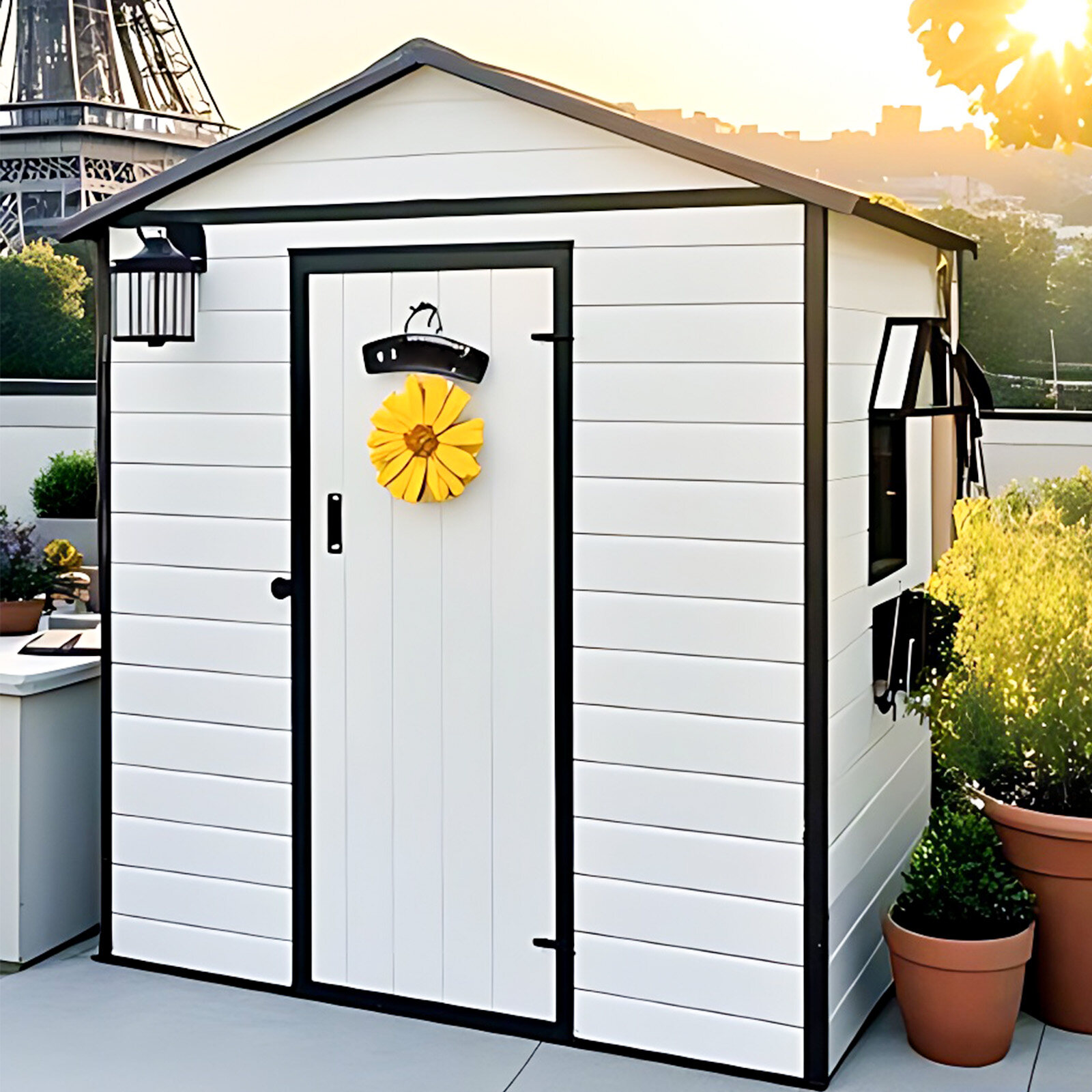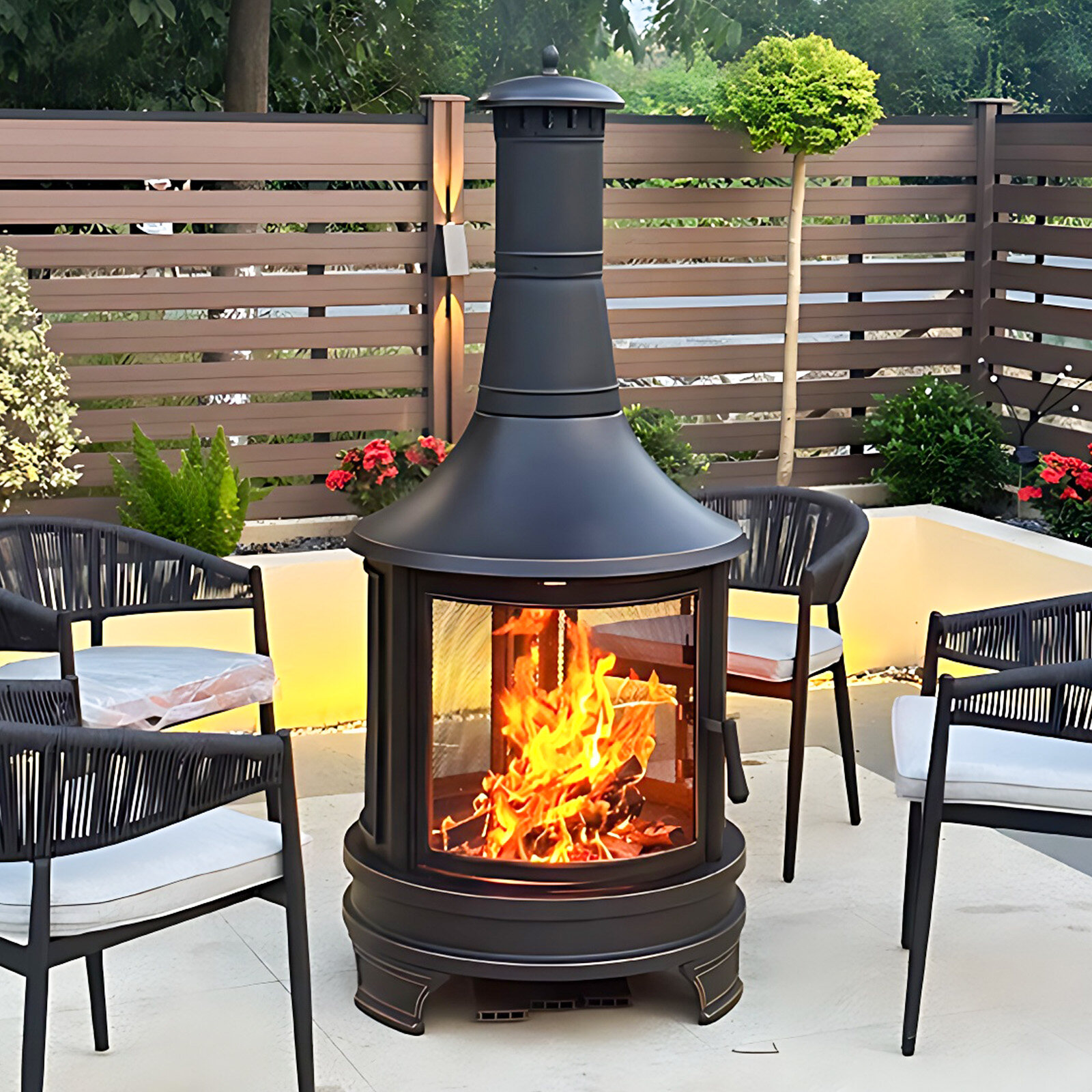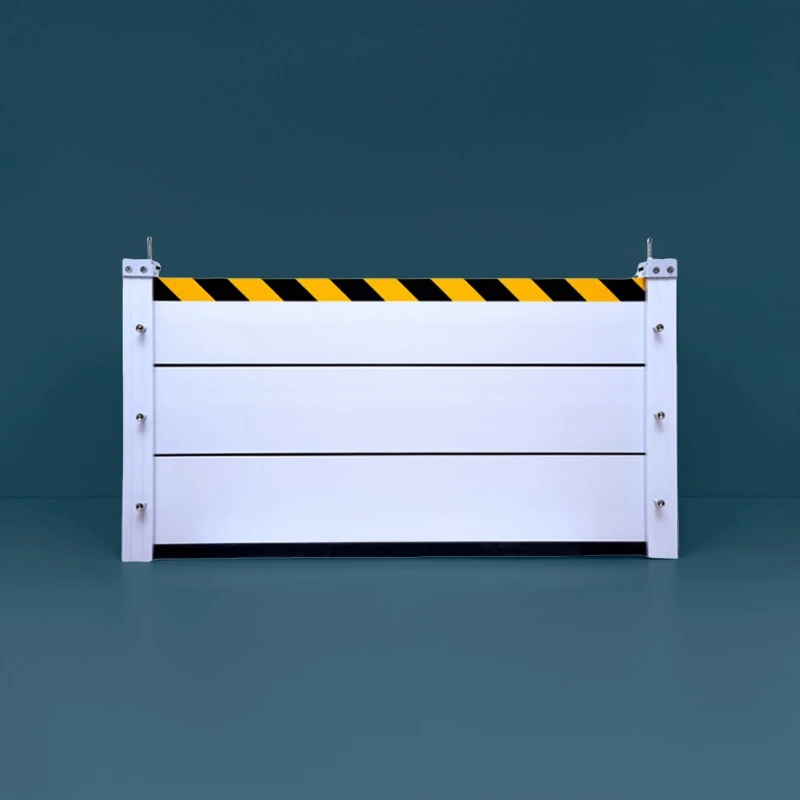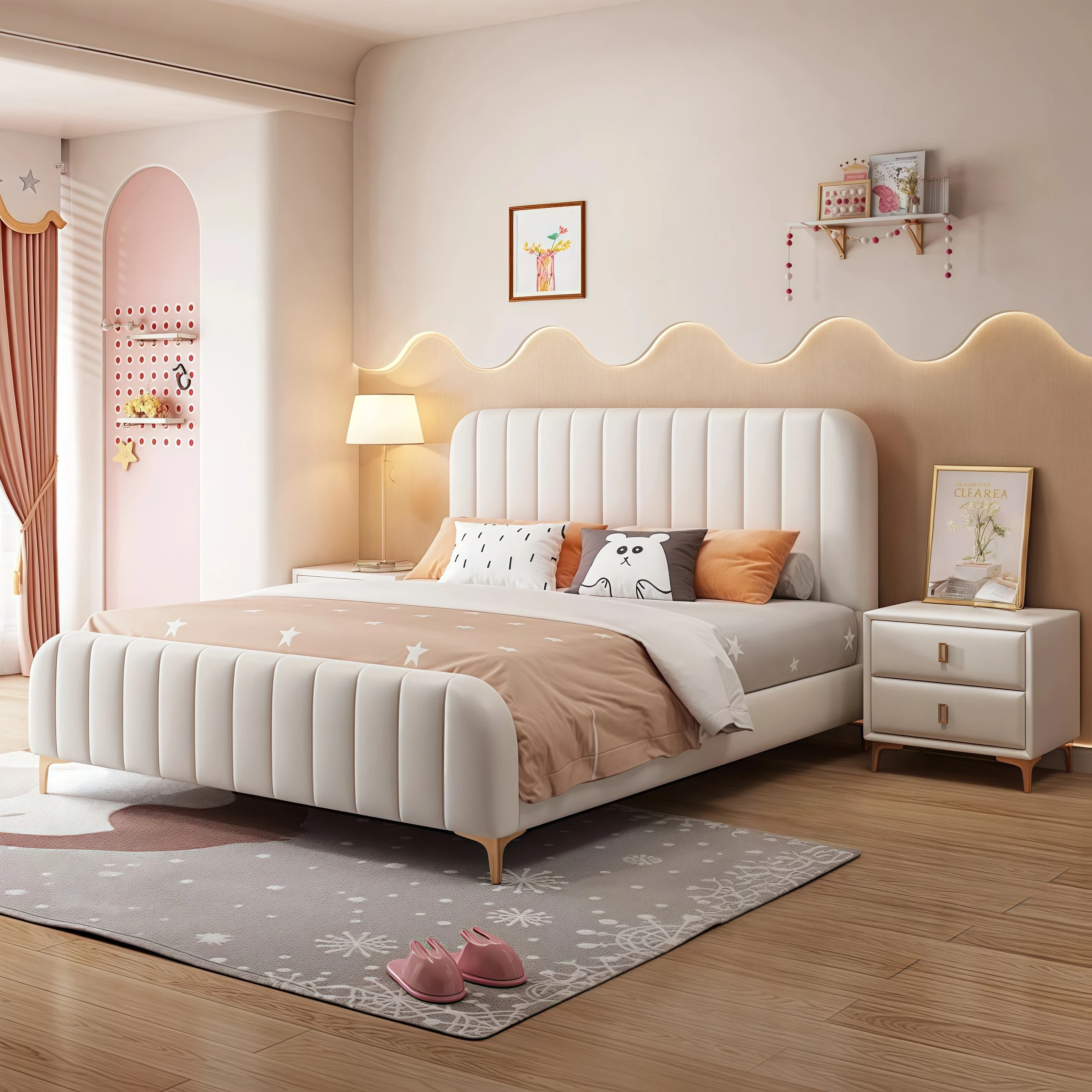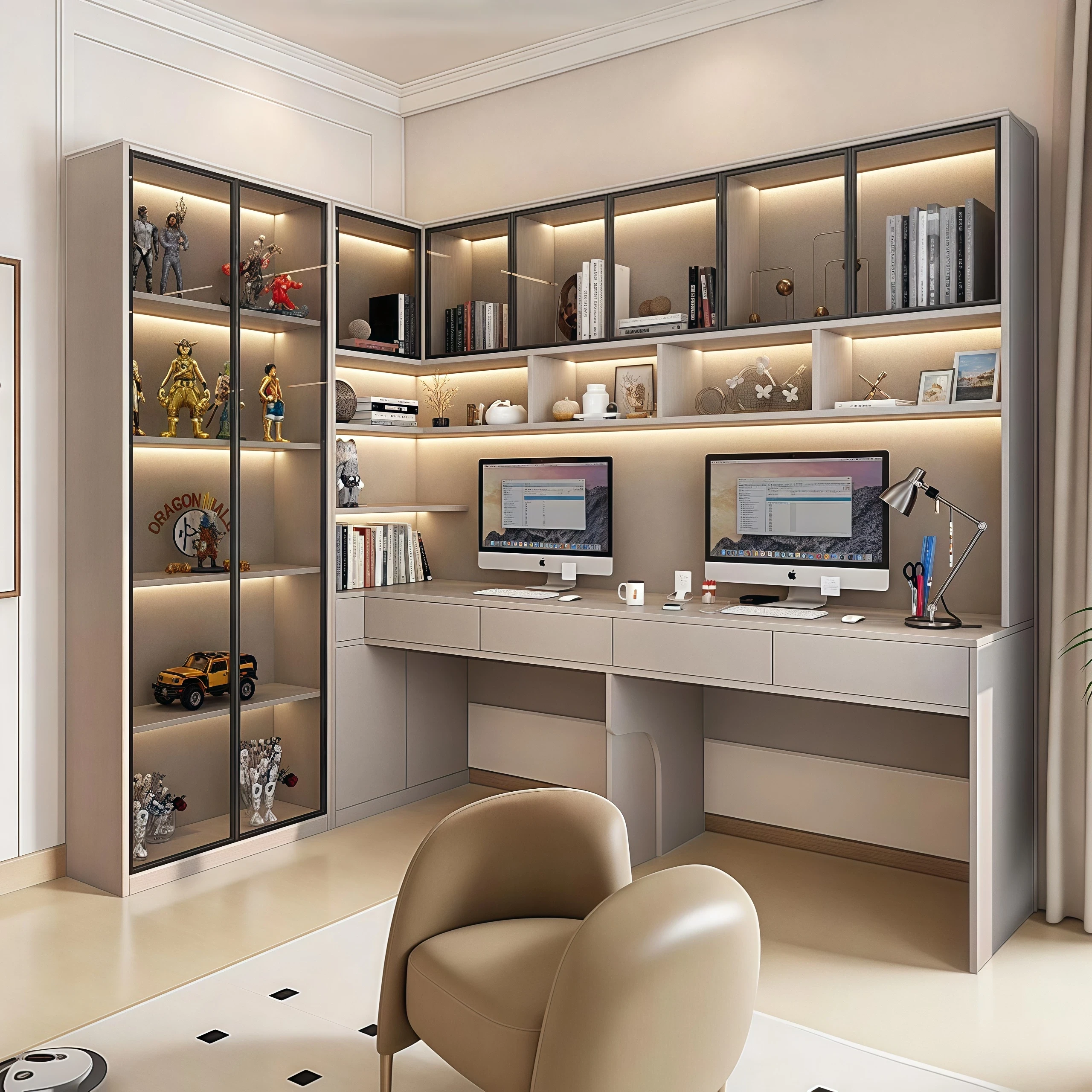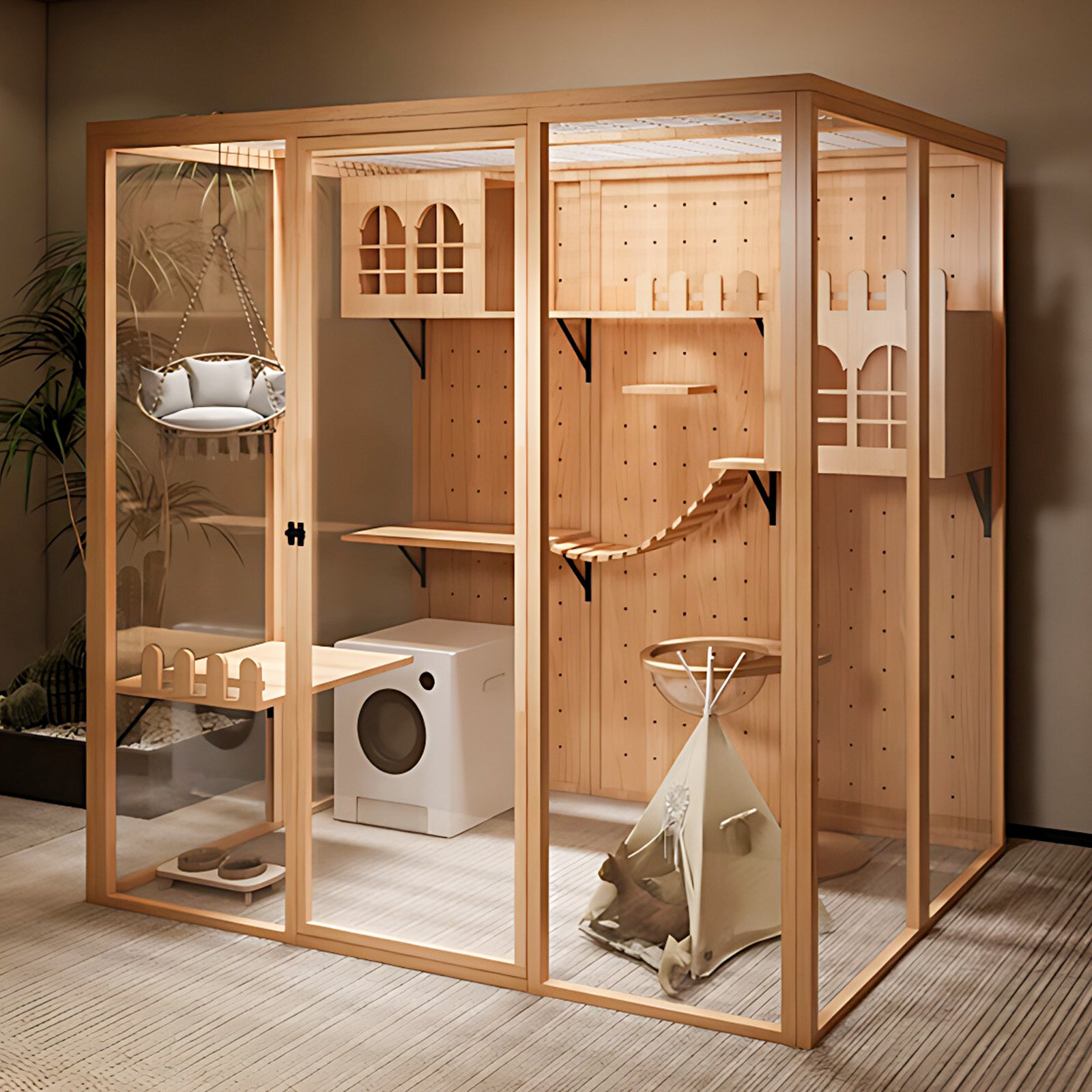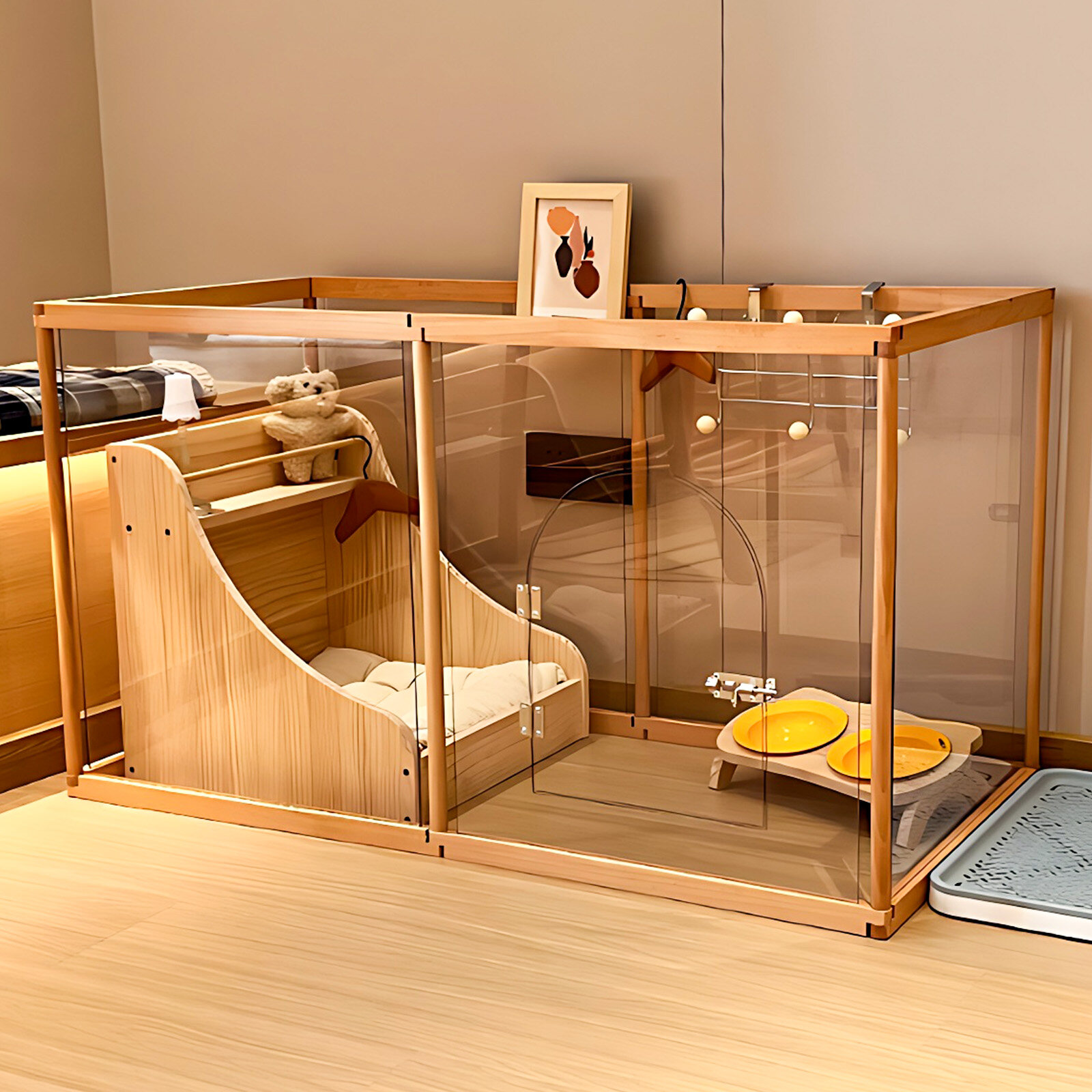As an essential component of the bathroom, the storage function of the vanity is crucial. This article will introduce some bathroom vanity storage tips to make your bathroom neat and organized.
In daily life, bathrooms are often prone to clutter. Various toiletries, cosmetics, cleaning tools, etc., without proper storage, can make the bathroom feel cramped. As the main storage furniture in the bathroom, the design and usage of the vanity directly affect the tidiness of the bathroom.
For small bathrooms, making good use of the vanity's storage space is even more important. Through some clever design and storage techniques, limited space can be utilized more effectively, making the bathroom both neat and practical.
Next, we will introduce some bathroom vanity storage tips in detail.
II. Bathroom Vanity Storage Tips
Bathroom storage problems have always troubled many people, and as an important piece of storage furniture in the bathroom, making good use of its space can make the bathroom neat and organized. Below are some bathroom vanity storage tips.
(I) Shelves Under the Sink
1. For families with small bathrooms, a wrought iron rack paired with the sink can be used, with shelves underneath for storing shower gel and towels. The wrought iron rack's shelf design is not only simple and aesthetically pleasing but also makes full use of space, providing a place for small items.
2. Floating wooden shelves create a light and airy feel, making cleaning easier. Wooden shelves give a natural and warm feeling, and the floating design avoids hard-to-clean corners, making cleaning more convenient.
(II) Drawers Under the Bathroom Vanity
1. Traditional floor-standing bathroom vanities offer ample storage space and can be equipped with three drawers to store various items. The three drawers of a floor-standing bathroom vanity allow for the categorization of different items, such as toiletries, cosmetics, and hygiene products, keeping items neat and organized.
2. Wall-mounted bathroom vanities offer convenient cleaning underneath and can also be equipped with two drawers for easy storage. Wall-mounted bathroom vanities do not take up floor space, the bottom is easy to clean, and the two-drawer design can meet daily storage needs.
(III) Bathroom Vanity Pull-Out Basket Design
1. Similar to kitchen pull-out baskets, bathroom vanity pull-out baskets can store small items, increasing storage space. The design fully utilizes the interior space of the bathroom vanity, storing small items and avoiding clutter.
2. Pull-out baskets can store toiletries and small appliances, such as hair dryers and razors, making them easily accessible. Placing toiletries and small appliances in the pull-out basket makes them readily available.
(IV) Using Storage Boxes for Storage
1. When bathroom vanities lack drawers and pull-out baskets, storage boxes can be used for categorized storage. Storage boxes are very practical storage tools; different types of items can be placed in different boxes for easy retrieval and use.
2. Storage boxes are inexpensive and can hold dozens of small items; labeling makes them even easier to access. Storage boxes are relatively inexpensive, and different sizes and materials can be chosen according to needs. Labeling makes item retrieval even more convenient and quick.
(V) Tall Bathroom Cabinet
1. When the bathroom vanity space is large, a 300-400mm wide custom-made tall cabinet can be reserved to increase storage space. The tall cabinet design can fully utilize the space next to the vanity, increasing storage space and making the bathroom more organized and tidy.
2. It is recommended that the tall cabinet use a pull-out basket design, with skincare products placed on top. The pull-out basket design of the tall cabinet can conveniently store small items such as skincare products, making items more neatly arranged.
(VI) Mirror Cabinet Above Bathroom Vanity
1. Avoid purely decorative mirrors in the bathroom; install a mirror cabinet with storage functions to increase storage space. The mirror cabinet design combines mirrors and storage functions, making it both beautiful and practical, increasing the bathroom's storage space.
2. Storage hooks can be used on the mirror cabinet doors to hold small items such as toothbrushes. The mirror cabinet can also store various bottles and jars, keeping the countertop tidy. The storage hooks on the mirror cabinet doors can conveniently store small items such as toothbrushes, and the interior of the mirror cabinet can store various bottles and jars, making the countertop more tidy.
(VII) Built-in Washing Machine Saves Space
1. If you don't want to place the washing machine on the balcony, you can embed it under the bathroom vanity for convenient drainage and water inlet. Embedding the washing machine under the vanity makes full use of space, facilitating drainage and water inlet, and keeping the bathroom tidy and organized.
2. Washing clothes after showering is more convenient, saving space compared to a laundry basket. After showering, you can directly put your clothes into the washing machine, eliminating the need for a laundry basket and keeping the bathroom cleaner.
III. Precautions for Bathroom Vanities
1. Choose bathroom vanities made of waterproof materials, stainless steel, or aluminum, as these are waterproof and less prone to mold. If using solid wood, ensure the bathroom has a dry and wet separation and maintains good ventilation.
Solid wood bathroom vanities stand out among many bathroom furniture options due to the natural texture of the wood, elegant appearance, and excellent durability.
However, solid wood bathroom vanities require dry and wet separation in the bathroom. Refer to the following tips: First, plan the dry and wet separation areas reasonably according to the actual size and shape of the bathroom. Ensure the solid wood bathroom vanity is placed in a dry area, away from the shower and bathtub areas to reduce direct contact with moisture.
Meanwhile, consider placing the washbasin area near the bathroom entrance or a window for better ventilation and natural light.
Furthermore, while solid wood bathroom vanities have some water resistance, professional waterproofing treatment is still necessary to ensure their long-term stability.
This includes applying a waterproof varnish or coating to the wood surface to form a protective layer that prevents moisture penetration. During installation, ensure the base is elevated to avoid direct contact with floor moisture.
A good ventilation and drainage system is also crucial for keeping the bathroom dry. Install exhaust fans or keep windows open to accelerate moisture removal. Additionally, install suitable drains and floor drains in the shower and bathtub areas to ensure rapid drainage and reduce the possibility of moisture spreading to dry areas.
Installing a glass partition or shower enclosure between the shower and dry areas effectively blocks moisture diffusion. Waterproof sealing strips can also be installed on the drawers and doors of solid wood bathroom vanities to further enhance waterproofing.
2. For the washbasin, an integrated basin is recommended for easy cleaning.
For bathroom renovations, a one-piece washbasin is a must. It eliminates hard-to-clean corners and enhances aesthetics. One-piece washbasins are manufactured in a single piece, eliminating seams and hard-to-clean areas, making cleaning much easier. Installation is convenient, eliminating concerns about vanity height and washbasin compatibility. The integrated countertop is more aesthetically pleasing, creating a cohesive and stylish look. Materials for one-piece washbasins include ceramic, marble, and sintered stone. Ceramic has a smooth, bright surface, is easier to clean, and is relatively affordable, but it is slightly brittle and prone to damage. Marble is hard, beautiful, and highly wear-resistant, but it is prone to staining; over time, wastewater stains can seep into the stone. Sintered stone does not stain, is wear-resistant, heat-resistant, and corrosion-resistant, with a sophisticated matte finish, but it is more difficult to cut, resulting in higher material and labor costs. Choose the material that best suits your budget and usage habits.
3. Reserve electrical outlets for future installation of LED strip lighting or small appliances.
Pre-installing electrical outlets allows for the later installation of LED strips around the bathroom vanity to enhance lighting and facilitate the use of small appliances such as hair dryers and shavers. When pre-installing outlets, pay attention to their placement to avoid water splashes, and choose high-quality outlets for safety.
4. Use a partial recess in the drain pipe or a rear-mounted drain design for easier storage.
Bathroom drain pipes can be designed with a partial recess in the wall or a rear-mounted drain to increase storage space.
For example, a small modification can be made to the drain pipe during the enclosure process: a storage recess can be created around the drain pipe to store toiletries, cleaning tools, etc.
There are several methods for enclosing drain pipes:
For example, using a wooden frame and then covering it with PVC panels. This method is inexpensive but has a short lifespan.
Using a wooden frame as a base, then adding plywood, and finally attaching aluminum composite panels. This method is relatively easy to maintain, but if the seal is not tight, the plywood will rot from moisture over time.
Using a light steel frame, then sealing it with cement pressure board, hanging wire mesh, and finally plastering and tiling. This method has a strong overall effect but is not very stable.
Building a column with bricks to enclose the pipe, then using cement mortar, attaching wire mesh, and finally tiling. This is currently the most common method. Its advantages are that it is not easily deformed and has good sound insulation, but it takes up a lot of space.
Using sound insulation cotton directly to enclose the pipe is simple and inexpensive, but the effect is not as good as brickwork.
A newer material, aluminum alloy tile brackets, is used to enclose the bathroom drain pipes, making future maintenance convenient.
Choose the appropriate pipe-enclosing method according to the actual situation.
IV. Conclusion
There are many bathroom vanity storage techniques; with proper utilization, even a small space can be maximized. By reserving shelves under the sink, adding drawers underneath the vanity, using pull-out baskets, utilizing storage boxes, custom-made tall cabinets, installing mirrored cabinets, and even incorporating a washing machine, every inch of space in the vanity can be fully utilized, making the bathroom neat and spacious.
Using these techniques effectively not only makes our lives more convenient but also enhances the overall aesthetics of the bathroom. Making the most of every square meter of vanity space brings more comfort and convenience to our lives.
Let's take action together to create a clean and organized bathroom!

 USD
USD
 GBP
GBP
 EUR
EUR



